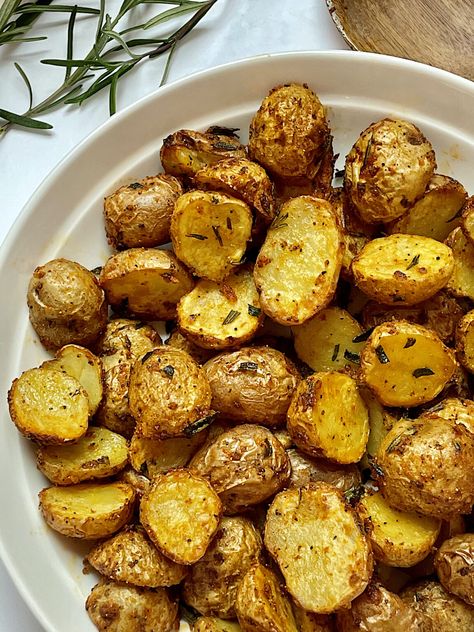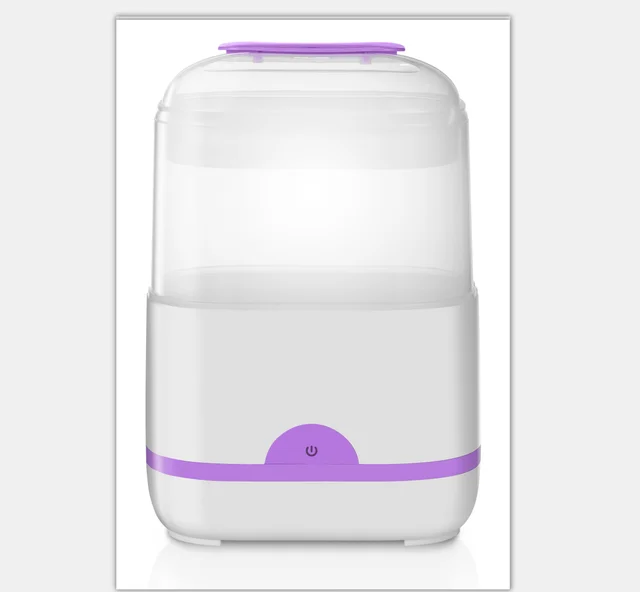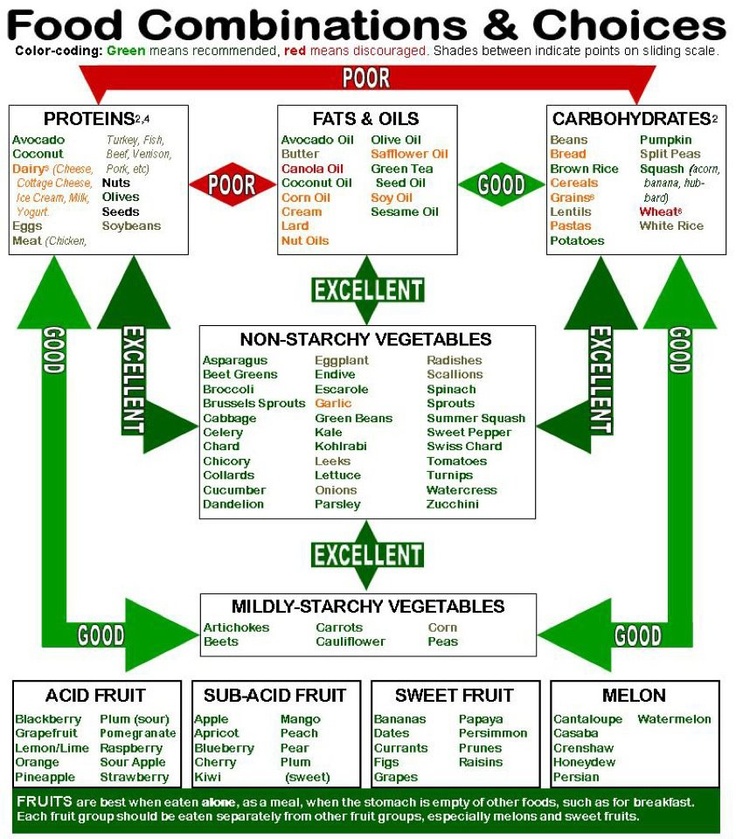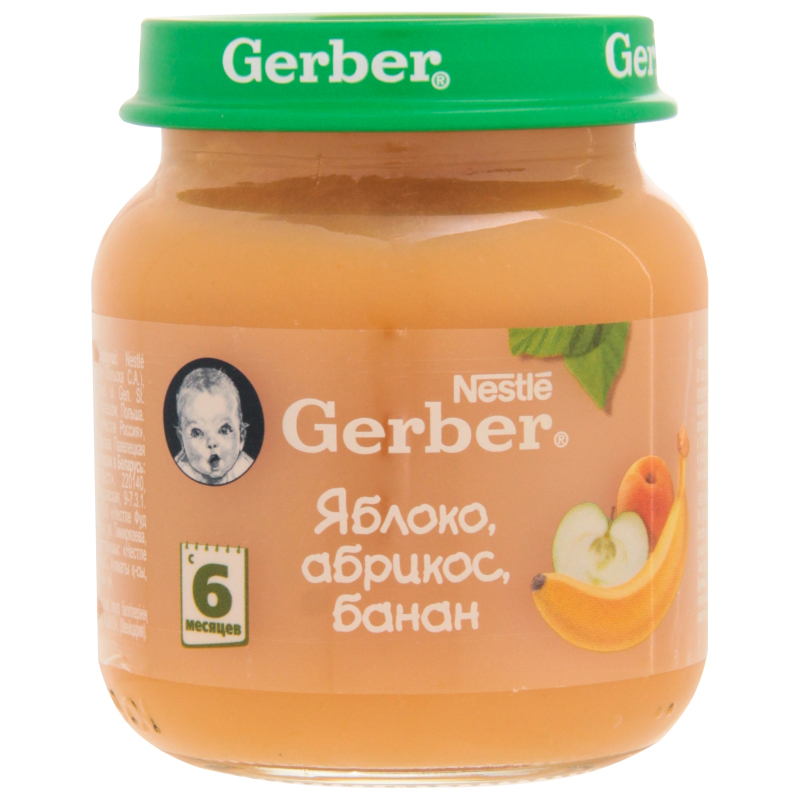Feeding baby potatoes
Potatoes for Babies - Can Babies Eat Potatoes?
When can babies eat potatoes?
Potatoes may be introduced as soon as baby is ready to start solids, which is generally around 6 months of age. For clarity, the information here refers to golden, creamy-colored, and white-fleshed potatoes. Check out our entries on purple potato and sweet potato for specific information on these two incredibly nutritious branches of the potato family tree.
Need more ideas for baby’s first solid foods? Check out our guides.
Background and origins of potatoes
In the 1950s, Chilean poet Pablo Neruda wrote an ode to the starchy tuber of his homeland, heralding the potato as the “tesoro interminable de los pueblos” or interminable treasure trove of the people. His hyperbole celebrates the diversity and ubiquity of the potato—a staple food around the globe, including in South America, where Aymara and Quechua farmers first learned to cultivate the native plant thousands of years ago. Spanish colonizers brought the hardy tuber to Asia and Europe, where potato became an essential food that is still enjoyed at breakfast, lunch, and dinner today. There are thousands of different varieties to seek out, each with a unique color, shape, and taste, but two types dominate the world market: starchy russet potatoes and waxy-fleshed potatoes. These are the potatoes used to make favorite foods like chips, dosas, dumplings, fries, latkes, puffs, samosas, and more.
Are potatoes healthy for babies?
Yes. Potatoes are an energy powerhouse for growing babies, with essential nutrients like folate, iron, vitamin B6, and zinc.1 2 The tubers also contain other B vitamins, vitamin C to boost the immune system, and choline—an important nutrient for brain development. An important type of fiber called “resistant starch” in potatoes helps grow beneficial gut bacteria to support a baby’s body.3 4
An important type of fiber called “resistant starch” in potatoes helps grow beneficial gut bacteria to support a baby’s body.3 4
To peel or not to peel? Potato skins are loaded with antioxidants and beneficial plant nutrients. However, like most root vegetables, potatoes soak up metals in the soil where they grow. This is true for both organic and conventionally grown potatoes and is the result of soil pollution from pesticide usage from decades ago. This is why you may have read that commercial baby food (which is often made with sweet potatoes) can contain heavy metals.5 To minimize the risk, peel potatoes before cooking as metals from the soil and pesticides tend to concentrate in the skin.6
★Tip: Toss any potatoes that have sprouted and peel away or carve out any “eyes” (the common name for those dark spots) before cooking and serving. Sprouted potatoes contain more of the tuber’s natural toxin called solanine, which can be harmful when consumed in large amounts.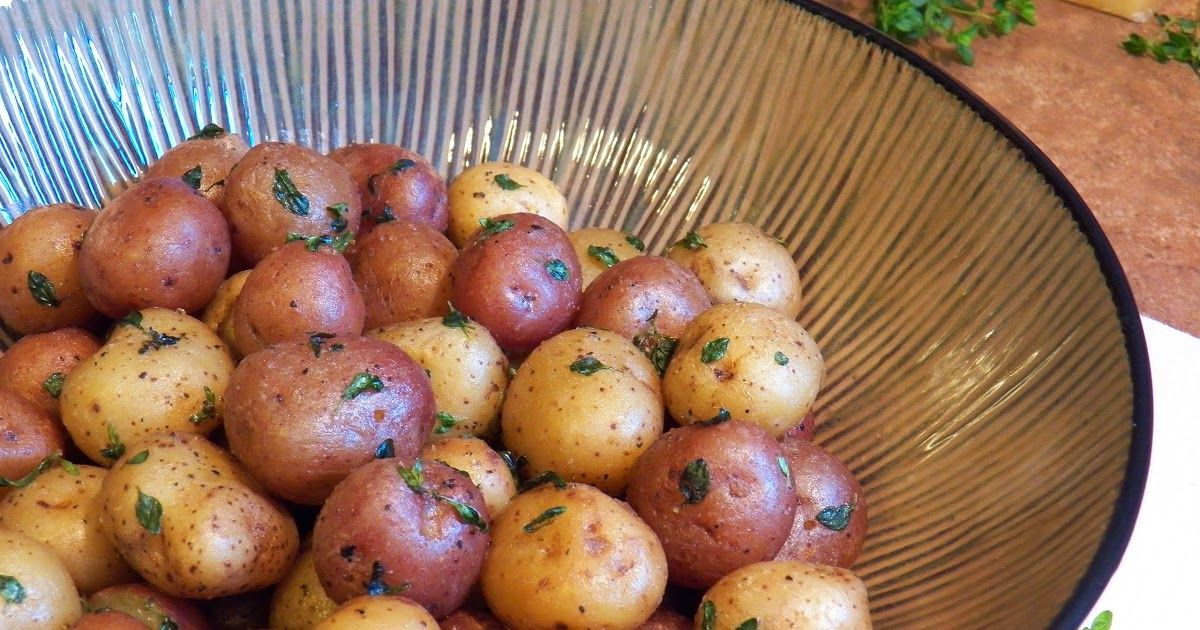 7 Cooking potatoes at high heat can significantly decrease its solanine content.8
7 Cooking potatoes at high heat can significantly decrease its solanine content.8
Are potatoes a common choking hazard for babies?
No. Potato is not a common choking hazard when it has been cooked and prepared in an age-appropriate way. As always, make sure you create a safe eating environment and stay within an arm’s reach of baby during meals.
For more information on choking, visit our sections on gagging and choking and familiarize yourself with the list of common choking hazards.
Are potatoes a common allergen?
No. Potato allergy is uncommon, although not unheard of.9 Some babies and toddlers who have eczema and/or pre-existing food allergies may be more at risk of sensitivity to potato.10 11 Also, individuals with Oral Allergy Syndrome (also called pollen-food allergy syndrome) may be sensitive to potatoes, especially if eating the peel or if the potatoes are raw or undercooked.12 In particular, individuals who have birch, grass, or mugwort pollen allergies may be more sensitive to potato.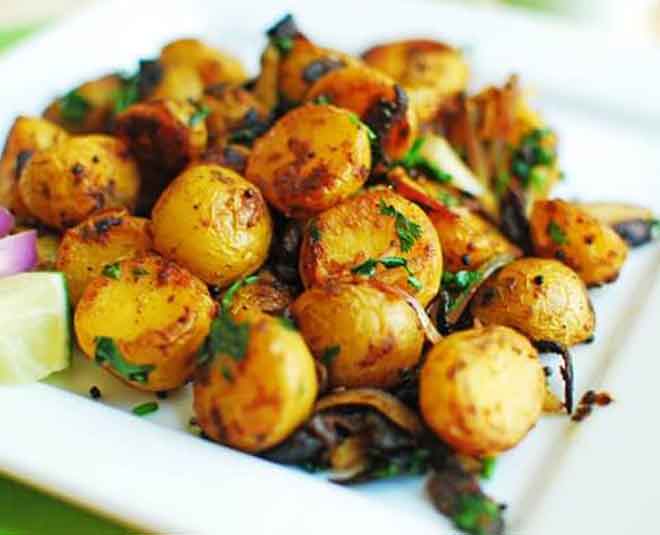 13 14 15 16 Oral Allergy Syndrome typically results in short-lived itching in the mouth and is unlikely to result in a dangerous reaction.
13 14 15 16 Oral Allergy Syndrome typically results in short-lived itching in the mouth and is unlikely to result in a dangerous reaction.
Although severe allergic reactions (anaphylaxis) to cooked potato are uncommon, there have been isolated reports of contact hives and rash after contact with raw potato.17 Some individuals with pre-existing allergy to natural rubber latex develop a cross-reactive allergy to potato.18
As you would when introducing any new food to a baby, start by serving a small quantity during the first few servings. If there is no adverse reaction, gradually increase the amount over future meals.
Recommended Guide: Introducing Allergens to Babies
How do you prepare potatoes for babies with baby-led weaning?
Every baby develops on their own timeline, and the suggestions on how to cut or prepare particular foods are generalizations for a broad audience. Your child is an individual and may have needs or considerations beyond generally accepted practices.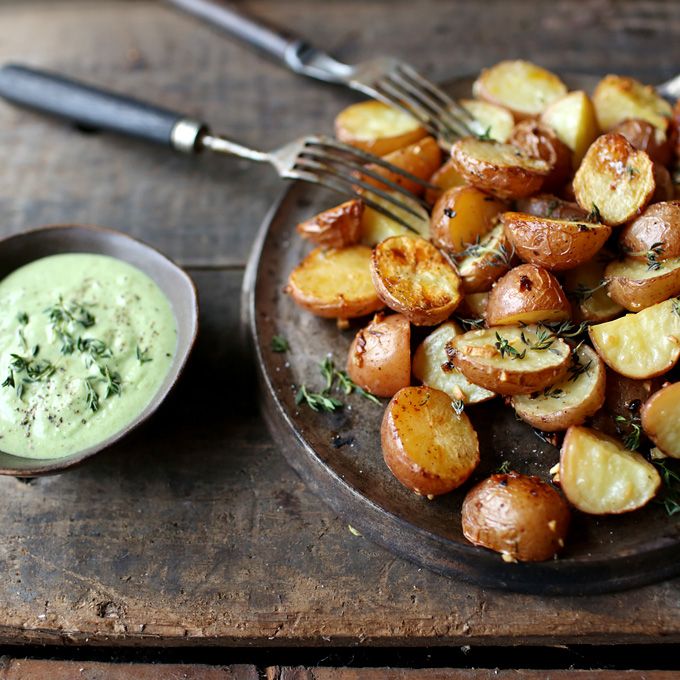 In determining the recommendations for size and shape of foods, we use the best available scientific information regarding gross, fine, and oral motor development to minimize choking risk. The preparation suggestions we offer are for informational purposes only and are not a substitute for child-specific, one-on-one advice from your pediatric medical or health professional or provider. It is impossible to fully eliminate all risk of a baby or child choking on any liquid, puree, or food. We advise you to follow all safety protocols we suggest to create a safe eating environment and to make educated choices for your child regarding their specific needs. Never disregard professional medical advice or delay in seeking it because of something you have read or seen here.
In determining the recommendations for size and shape of foods, we use the best available scientific information regarding gross, fine, and oral motor development to minimize choking risk. The preparation suggestions we offer are for informational purposes only and are not a substitute for child-specific, one-on-one advice from your pediatric medical or health professional or provider. It is impossible to fully eliminate all risk of a baby or child choking on any liquid, puree, or food. We advise you to follow all safety protocols we suggest to create a safe eating environment and to make educated choices for your child regarding their specific needs. Never disregard professional medical advice or delay in seeking it because of something you have read or seen here.
6 months +: Offer large wedges of cooked potato (or even whole potatoes) that baby can grab and munch. Make sure the potato has been cooked all the way through and mashes readily when pressed between two fingers. If offering a whole potato, the potato should be substantially larger than baby’s mouth, but small enough that baby can hold it on their own. No need to remove the skin, unless it makes you nervous. Alternatively, you can offer mashed potato that baby can scoop with hands or eat from a pre-loaded spoon. Too boost nutrition, consider stirring in breast (human) milk, formula, your milk of choice, fresh ricotta cheese, or unsweetened whole milk yogurt and drizzle with a healthy oil or a sprinkle of ground nut. Mashed potatoes are an excellent base for hard-to-scoop foods like amaranth, lentils, quinoa, and rice to minimize the mess and make it easier for baby to eat these foods.
If offering a whole potato, the potato should be substantially larger than baby’s mouth, but small enough that baby can hold it on their own. No need to remove the skin, unless it makes you nervous. Alternatively, you can offer mashed potato that baby can scoop with hands or eat from a pre-loaded spoon. Too boost nutrition, consider stirring in breast (human) milk, formula, your milk of choice, fresh ricotta cheese, or unsweetened whole milk yogurt and drizzle with a healthy oil or a sprinkle of ground nut. Mashed potatoes are an excellent base for hard-to-scoop foods like amaranth, lentils, quinoa, and rice to minimize the mess and make it easier for baby to eat these foods.
9 months +: At this age, babies begin to develop the pincer grasp (where the thumb and forefinger meet), which enables them to pick up smaller pieces of food. When you see signs of this development, try serving bite-sized pieces of cooked potato for baby to try and pick up. Leave the skin on or remove it, it’s your choice.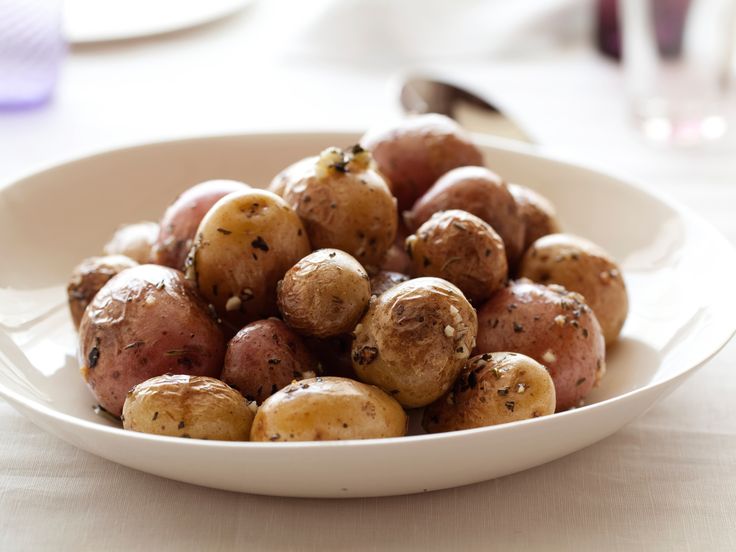 Babies often chew on the skin and spit it out, and while this seems like waste, building familiarity with skin can help encourage a child to eat fruits and vegetables with the skin later in life. You can also continue to offer wedges of cooked potato for practice with biting and managing bigger pieces of food, as well as mashed potato.
Babies often chew on the skin and spit it out, and while this seems like waste, building familiarity with skin can help encourage a child to eat fruits and vegetables with the skin later in life. You can also continue to offer wedges of cooked potato for practice with biting and managing bigger pieces of food, as well as mashed potato.
12 months +: Offer small, bite-sized pieces of cooked potato as finger food or utensil practice (pre-loading the fork as needed), coaching how to spear the food with the fork. Don’t worry if the child is not interested in using a utensil and wants to continue eating with their hands. Many toddlers prefer to use their fingers to self-feed and toggle back and forth between using a utensil and their hands. This is age-appropriate and a healthy part of development. Try not to apply too much pressure—consistent and accurate utensil use will come in due time—probably between 18 and 24 months of age.
Wedges of cooked potato for babies 6 months+Bite-sized pieces of potato for children age 12 months and older.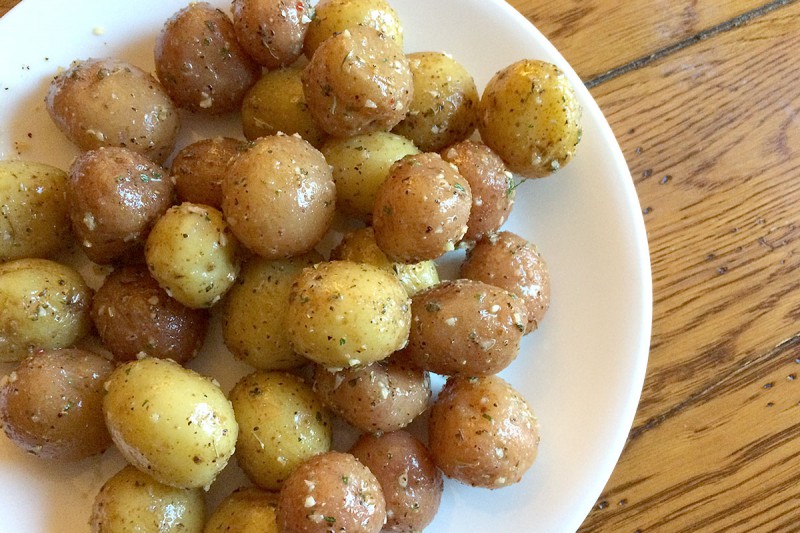
For more information on how to cut food for babies, visit our page on Food Sizes & Shapes.
Recipe: Colcannon (Irish Mashed Potatoes)
Yield: 2 cups (4-8 child-sized servings)
Time: 30 minutes
Age: 6 months+
Ingredients
- 1 large russet potato
- 1 garlic clove
- 1 small onion
- 4 large stalks fresh kale or 1 cup frozen kale leaves
- 2 tablespoons unsalted butter or olive oil
- ½ cup whole milk or plant-based milk of choice
- ¼ cup mascarpone cheese, fresh ricotta cheese, or unsweetened yogurt
This recipe contains a common allergen: dairy. Only serve to your child after this allergen has been safely introduced.
Directions
- Wash and peel the potato. Discard the skin. Chop the flesh into large chunks.
- Add the potato to a pot and cover with water by 1 inch.
- Bring to a boil, then cover and turn the heat to medium-low. Cook until the potato chunks are tender and a knife easily inserts into the thickest chunk, between 10 and 15 minutes.
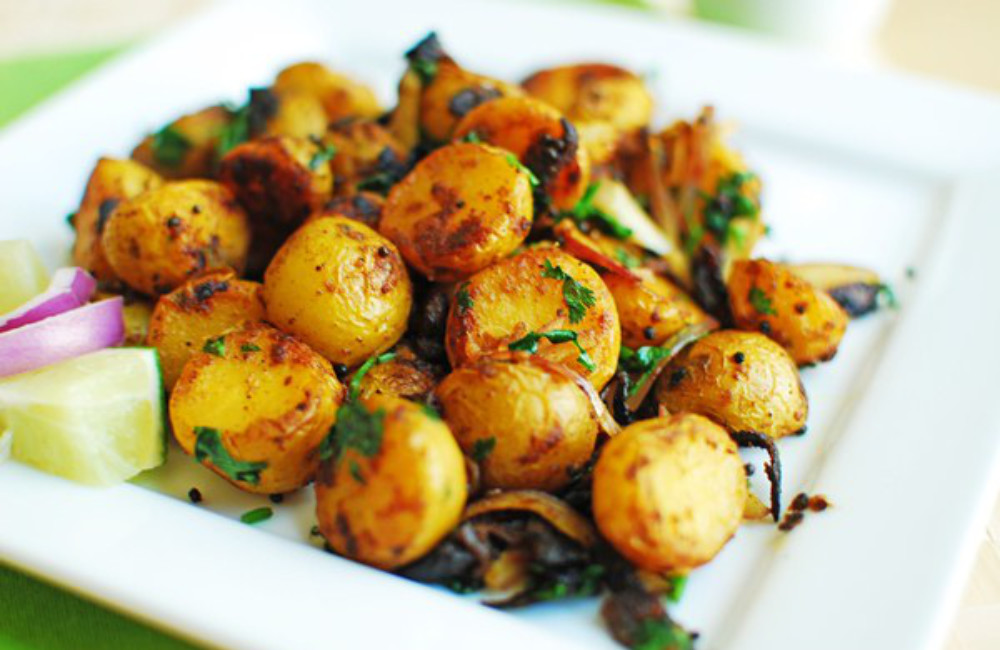 Drain.
Drain. - While the potato cooks, peel and mince the garlic and onion, and defrost and wash the kale. Pull the kale leaves from any large stalks. Finely chop the leaves. Discard or reserve the stalks for another use.
- Melt the butter in a large skillet set on medium heat. When it is done foaming, add the garlic and onion and stir to coat. Cook until the onions are soft and translucent, about 5 minutes.
- Add the kale to the skillet and stir to coat. Cook until the greens have wilted and brightened in color, about 3 minutes.
- Pour the milk into the skillet. When the liquid starts to simmer, add the drained potatoes and cheese or yogurt. Mash the mixture until mostly smooth. A little texture is okay as long as there are no large clumps of potato or kale.
- Remove the skillet from the heat. Cool to room temperature before serving.
- Serve: Scoop some colcannon into a baby bowl. Exact serving size is variable. Let baby’s appetite determine how much is eaten.
 Place the bowl in front of baby and let baby self-feed by trying to scoop with hands. If baby needs help, pass a pre-loaded spoon in the air for baby to grab from you.
Place the bowl in front of baby and let baby self-feed by trying to scoop with hands. If baby needs help, pass a pre-loaded spoon in the air for baby to grab from you.
To Store: Colcannon keeps in an air-tight container in the fridge for 3 days.
Flavor Pairings
Common potatoes taste nutty, sometimes with a hint of sweetness, with a texture that soaks up seasoning. Try mashing potato with flavor-forward veggies like artichoke, beet, cabbage, carrot, cauliflower, kohlrabi, parsnip, pumpkin, rutabaga, squash, or turnip. Stir in creamy foods like mascarpone cheese, ricotta cheese, quark, or yogurt to compliment the potato’s soft texture. Experiment with seasonings by mixing in capers, dill, garlic, horseradish, hot pepper, kimchi, lemon, lemongrass, parsley, sauerkraut, or tarragon. Play up the potato’s earthy flavor by serving alongside button mushroom or shiitake; hearty meats like beef, bison, lamb, pork, or venison; or seafood like haddock, halibut, pollock, sardine, scallop, tilapia, or trout.
Reviewed by
J. Truppi, MSN, CNS
V. Kalami, MNSP, RD, CSP
K. Grenawitzke, OTD, OTR/L, SCFES, IBCLC, CNT
S. Bajowala, MD, FAAAAI. Board-Certified Allergist & Immunologist (allergy section)
R. Ruiz, MD, FAAP. Board-Certified General Pediatrician & Pediatric Gastroenterologist
- Beluska-Turkan, K., Korczak, R., Hartell, B., Moskal, K., Maukonen, J., et al. (2019). Nutritional Gaps and Supplementation in the First 1000 Days. Nutrients, 11(12), 2891. DOI: 10.3390/nu11122891. Retrieved February 23, 2021
- Hilger, J., Goerig, T., Weber, P., Hoeft, B., Eggersdorfer, M., et al. (2015). Micronutrient Intake in Healthy Toddlers: A Multinational Perspective.” Nutrients, 7(8), 6938–55. Retrieved February 23, 2021 from: Hilger, Jennifer et al. 2015. “Micronutrient Intake in Healthy Toddlers: A Multinational Perspective.” Nutrients 7(8): 6938–55. DOI: 10.3390/nu7085316. Retrieved February 23, 2021
- Akyol, H.
 , Riciputi, Y., Capanoglu, E., Caboni, M. F., Verardo, V. (2016). Phenolic Compounds in the Potato and Its Byproducts: An Overview. International journal of molecular sciences, 17(6), 835. DOI:10.3390/ijms17060835. Retrieved February 23, 2021
, Riciputi, Y., Capanoglu, E., Caboni, M. F., Verardo, V. (2016). Phenolic Compounds in the Potato and Its Byproducts: An Overview. International journal of molecular sciences, 17(6), 835. DOI:10.3390/ijms17060835. Retrieved February 23, 2021 - Robertson, T.M., Alzaabi, A.Z., Robertson, M.D., Fielding, B.A. (2018). Starchy Carbohydrates in a Healthy Diet: The Role of the Humble Potato. Nutrients, 10(11), 1764. DOI:10.3390/nu10111764. Retrieved February 23, 2021
- Coding, E., Chaney, R.L., Green, C.E. (2016). Accumulation of Lead and Arsenic by Potato Grown on Lead–Arsenate-Contaminated Orchard Soils. Communications in Soil Science and Plant Analysis, 47(6), 799-807. DOI: 10.1080/00103624.2016.1146754. Retrieved February 23, 2021
- MacLean, K.S., Langille, W.M. (1918). Arsenic in orchard and potato soils and plant tissue. Plant Soil, 61, 413–418. DOI:10.1007/BF02182021. Retrieved February 23, 2021
- National Capital Poison Center. Are Sprouted Potatoes Safe to Eat? Retrieved February 23, 2021
- Zhou, X.
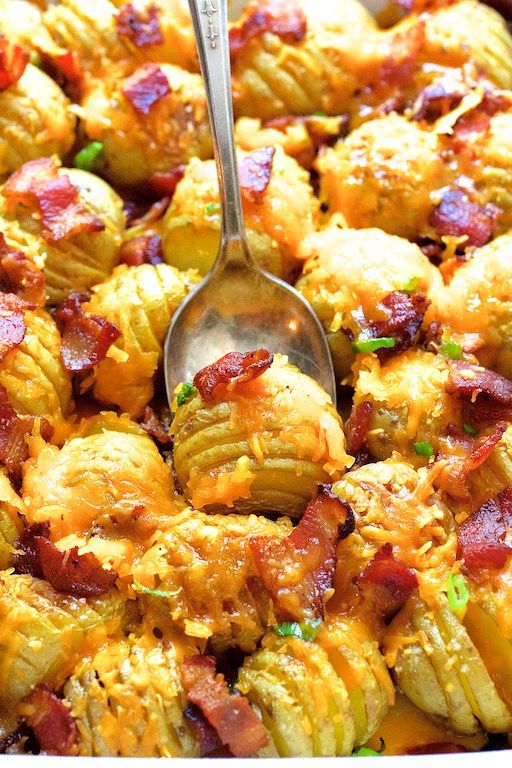 , Gao, Q., Praticò, G., Chen, J., Dragsted, L. O. (2019). Biomarkers of tuber intake. Genes & nutrition, 14, 9. DOI:10.1186/s12263-019-0631-0. Retrieved February 23, 2021
, Gao, Q., Praticò, G., Chen, J., Dragsted, L. O. (2019). Biomarkers of tuber intake. Genes & nutrition, 14, 9. DOI:10.1186/s12263-019-0631-0. Retrieved February 23, 2021 - Beausoleil, J.L., Spergel, J.M., Pawlowski, N.A. (2001). Anaphylaxis to raw potato. Annals of allergy, asthma & immunology: official publication of the American College of Allergy, Asthma, & Immunology, 86(1), 68–70. DOI:10.1016/S1081-1206(10)62359-9. Retrieved February 23, 2021
- Dogru, M., Ozmen, S., Bostanci, I., Keles, S. (2015). Clinical features of potato sensitivity in children with allergic disease. La Clinica terapeutica, 166(1), 12–15. DOI:10.7417/CT.2015.1794. Retrieved February 23, 2021
- De Swert, L.F., Cadot, P., Ceuppens, J. L. (2007). Diagnosis and natural course of allergy to cooked potatoes in children. Allergy, 62(7), 750–757. DOI:10.1111/j.1398-9995.2007.01368.x. Retrieved February 23, 2021
- American Academy of Allergy Asthma & Immunology. Oral Allergy Syndrome (OAS) or Pollen Fruit Syndrome (PFS).
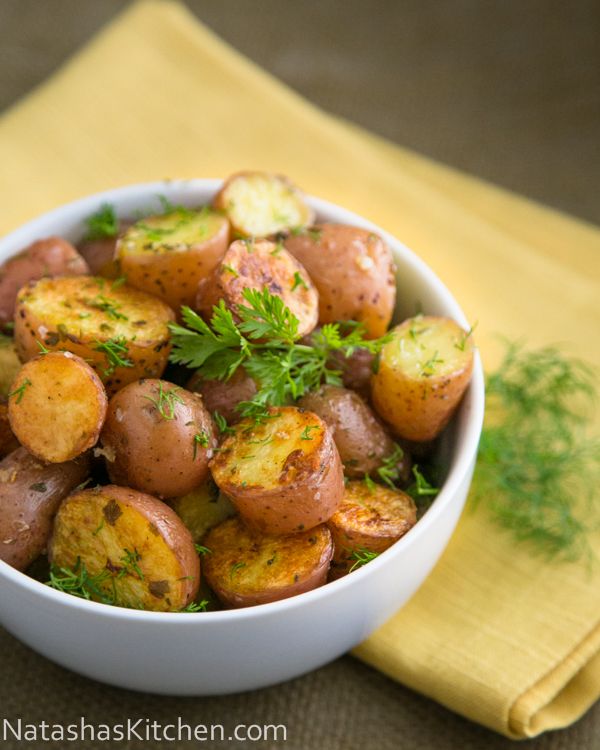 Retrieved September 15, 2020
Retrieved September 15, 2020 - Chiriac, A.M., Bourrain, J.L., Lepicard, E., Molinari, N., Demoly, P. (2017). Prevalence of sensitization and allergy to potato in a large population. The journal of allergy and clinical immunology. In practice, 5(2), 507–509. DOI:10.1016/j.jaip.2016.12.011. Retrieved February 23, 2021
- American Academy of Allergy, Asthma & Immunology. Oral Allergy Syndrome (OAS) or Pollen Fruit Syndrome (PFS). Retrieved February 23, 2021
- Mayo Clinic. Food Allergy. Retrieved February 23, 2021
- de Lagrán ZM, de Frutos FJ, de Arribas MG, Vanaclocha-Sebastián F. Contact urticaria to raw potato. Dermatol Online J. 2009;15(5):14
- de Lagrán ZM, de Frutos FJ, de Arribas MG, Vanaclocha-Sebastián F. Contact urticaria to raw potato. Dermatol Online J. 2009;15(5):14
- Reche M, Pascual CY, Vicente J, Caballero T, Martín-Muñoz F, Sanchez S, et al. Tomato allergy in children and young adults: cross-reactivity with latex and potato. Allergy. 2001;56(12):1197-201.

Potatoes For Baby: How To Prepare & Serve (BLW)
Jump to Recipe - Print Recipe
Steamed, roasted, baked or mashed, potatoes can be served as first solid baby food beginning with six months of age. The potatoes can be cooked first and then mashed/pureed, or cut into large enough pieces so your baby could grasp them with his little hands – perfect for baby led weaning. You can make a large variety of potato baby food combinations and finger foods with different textures adjusted by age.
Potato For Baby
If making potatoes for babies know that you can use any potato variety such as white potatoes, red, yellow, blue/purple, fingerling or baby potatoes.
Just like baby led weaning with sweet potatoes, regular potato has a nice soft texture (when cooked) and is great served in a variety of ways, whether as fingers food or in other baby food recipes.
Potatoes contain moderate amounts of protein and fiber and are predominantly rich in starch – a complex carbohydrate. They also contain varying amounts of resistant starch (cooled potatoes have higher amount than hot potatoes), a type of fiber that feeds the friendly bacteria in the gut.
They also contain varying amounts of resistant starch (cooled potatoes have higher amount than hot potatoes), a type of fiber that feeds the friendly bacteria in the gut.
Digestible carbohydrates are one of the main sources of dietary energy in infancy but there are also consequences of consuming excess carbohydrates. One of them is digestive discomfort and malabsorption. Recent studies suggests that infants have an inability to digest starch due to the delay in amylase (enzyme that digests starches) production and secretion. Especially those under 6 months of age. In fact it was observed that the activity of pancreatic amylase begins to increase at 7–8 months, and reaches adult levels by 5 years. And it is also quite variable from baby to baby.
Therefore don’t go overboard with feeding your baby with potatoes and try to rotate with other foods. It doesn’t mean eliminating starchy foods entirely, just keep an eye on baby’s digestive symptoms, if any discomfort occurs then reduce the amount.
How To Cook Potato For Baby
Potatoes can be cooked in a variety of ways from steaming to baking or mashing. You just need to peel off its skin (or you can peel the skin after the potato has been cooked), cut to age appropriate sizes and cook.
If you prefer you can cook first, and then cut (or mash).
Steaming Potato For BLW
Steaming is one of the best ways to prepare potato for baby led weaning. This method of cooking preserves the most of it vitamins as there is less contact with water and has a short exposure to heat.
This post may contain affiliate links. To read the disclaimer policy See This.
To steam you need to:
- Peel the potato. Slice it into desired size pieces.
- Bring 1 inch of water to boil in a saucepan fitted with a steamer basket and cover with a lid.
- Steam on medium-low heat for approximately 15-20 minutes (it depends on the size) or until they are soft when pierced with a fork.
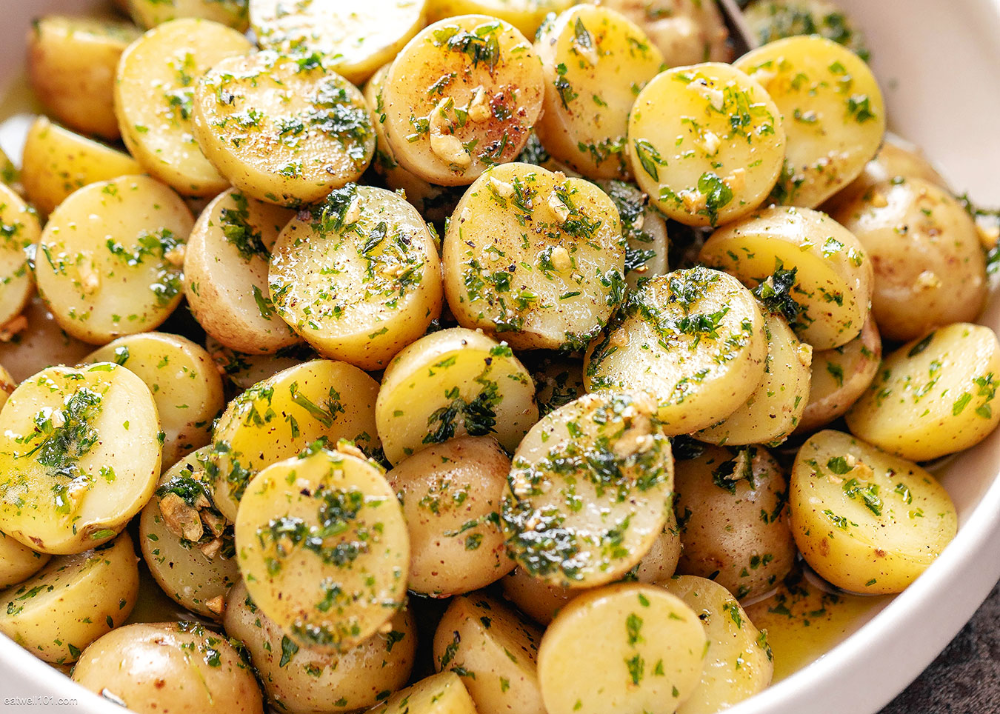 Then you can cut into smaller pieces specific for your baby’s age and serve.
Then you can cut into smaller pieces specific for your baby’s age and serve.
If you intend to serve with a spoon, mashed or make a potato puree, then you can steam the potato whole.
Baking / Roasting Potatoes For Babies
If you want to bake potatoes for your baby, you have two options: cut then bake, or roast first and then once soft cut into smaller pieces.
- Chop the potatoes into desired size. I like to cut into wedges or strips (2-3″ long, 1″ thick). Or cut into cubes for babies that already developed the pincer grasp hold (around 9-10 months).
- Drizzle with oil (healthier oil to use is olive oil, avocado oil or grape seed oil). Sprinkle some aromatic herbs (sage and rosemary works well) and season with garlic or onion powder (optional). You can add sea salt for babies 12 months+.
- Spread the prepared potatoes on a parchment paper lined sheet (try not to use foil, aluminum when exposed to high heat can leach into food).

- Roast until soft, approximately 30-40 minutes. Roast at higher temperature if you want a crust to form (400-415F) or lower temperature for a softer surface (375-385F).
Potatoes that are great for roasting: Yukon Gold, white and red varieties (waxy potatoes due to high moisture and low starch content, keep their shape well).
Smashed potato for baby as finger food: bake/roast whole small potatoes (peeled), and sprinkle with cheese 10 minutes before they are done. Cheese will help keep their integrity. Smash with a glass once out of the oven.Boiling Potatoes For Baby
Boiling potatoes usually is the least preferred method if you need just plain soft potato pieces. The most nutrients will leach into the boiling water that you will likely discard. This method is best when you make soups and purees as you would keep the water with all the leached nutrients.
How To Cut And Serve Potato For Baby Led Weaning
You have two options:
- Peel and cut first, then cook OR
- Cook first (cut in half) then cut into smaller pieces and serve to your baby.
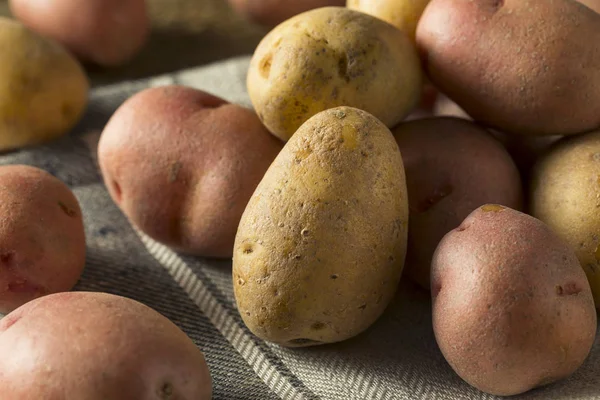
For a fun crinkle-cut shape use a crinkle knife. It’s quick to cut and easy for babies to hold with their little hands because it doesn’t slide off.
You can also cut the potatoes into other different shapes (cubes, strips, small sized half moon shapes, mashed with a fork, pureed or spiralized).
Mashed Potatoes For Babies / Baby Potato Puree (Stage 1)
You can make baby potato puree by itself with a very smooth and soupy texture. This is usually suitable for babies between 6-8 months of age.
“Soupy” potato puree for babies flavored with butter and chicken stock.Or make thicker mashed potatoes if doing baby-led weaning (for babies 6+ months).
How to make it: after steaming or boiling, you just take the soft flesh, mash and puree the cooked potato in a food processor or blender. It’s best to pulse gently, as overmixing creates a gummy consistency. Or use a fork to quickly mash it: it’s simpler and quicker.
Or use a fork to quickly mash it: it’s simpler and quicker.
Potatoes that are great for mashing: Russets (they fluff well due to high starch content) or Yukon Golds (yield a creamy consistency).
Baby Mashed Potatoes Add-ins To Improve Taste & Texture
- Breastmilk or
- Stock/broth
- For more flavor and fat you can add some butter.
- No salt or spices needed for babies younger than 10-12 months. Although you can add a bay leaf, an onion wedge and a garlic clove in the cooking water when boiling. Or cook the potatoes in the stock/broth itself.
Add as much liquid as you need to reach the desired consistency.
Potato Baby Food Puree Combinations (Stage 2)
After a while of stage 1 (single-ingredient purees), your baby will probably start expressing readiness for the next phase (stage 2 – typical for babies 8 months of age and older): more kinds of food, thicker textures and larger portions.
Potato puree combination you can try:
- steamed kale (or other greens like spinach, leeks, dill, parsley
- potato and cauliflower puree (or broccoli)
- potato and asparagus puree
- a mix of potato, carrot or sweet potato puree
- pureed potato and chicken or beef puree
- steamed apples (or pear) and potato puree
- mashed potato and beet
- steamed peas and potato puree
- mashed avocado and potato
- potato and butternut squash puree
- steamed zucchini and potato puree
FAQ
Can a 6 month old have mashed potatoes?
Yes as long as it doesn’t create any digestive discomfort. It’s best to start with small amounts (about 1-2 tablespoons a day served along with other foods and breastmilk and gradually increase the frequency and mix with other foods if it’s well tolerated).
Does potato cause gas in babies?
If the potato is not digested completely by the stomach or the small intestine, gas can occur when it reaches the large intestine.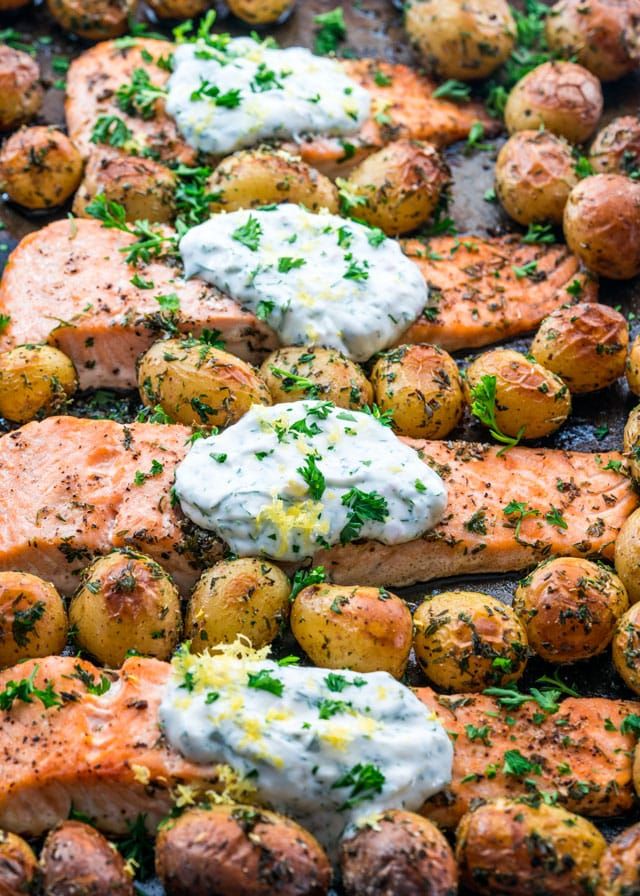 Indigestion can occur due to lack of sufficient enzymes or undeveloped microbiome.
Indigestion can occur due to lack of sufficient enzymes or undeveloped microbiome.
Will potato cause constipation in babies?
High starch content in potatoes can contribute to constipation in babies if they cannot digest it properly due to insufficient enzyme production. Young babies (less than 6-7 months) are more prone to indigestion.
Can baby eat potato everyday?
Potatoes don’t have the most impressive nutrient profile when compared with other vegetables so it’s best to consume them in moderation.
More Baby Potato Recipes
- Sweet Potato Baby Led Weaning: Ways To Serve
- Sweet Potato Fritters (Latkes) For Babies & Toddlers
- Sweet Potato Apple Broccoli Puree For Baby Stage 2 (6 month +)
- Beet and Potato Fritters
Potatoes For Baby: How To Prepare & Serve (BLW)
ThrivingNest
Potatoes can be served as first solid baby food beginning with 6 months of age: steam, roast/bake or mash/puree.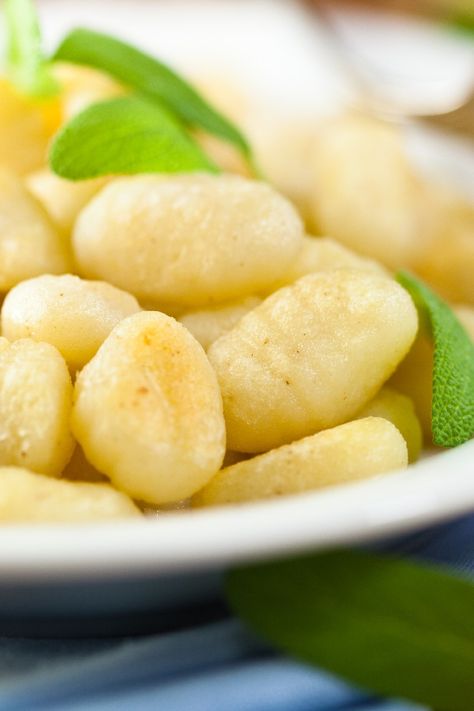 Whether you're doing baby led weaning or spoon feeding, you can serve potatoes to babies cut as finger food with different sizes and textures adjusted by age.
Whether you're doing baby led weaning or spoon feeding, you can serve potatoes to babies cut as finger food with different sizes and textures adjusted by age.
5 from 1 vote
Print Recipe Pin RecipeDIETS: Gluten Free, Dairy Free, Vegetarian
Prep Time 30 mins
Total Time 30 mins
Course Main Course, Side Dish
Cuisine Baby Food
Servings 6
Calories 100 kcal
- 2 medium potatoes (peeled and cut according to age)
Add-ins For Baking Potatoes
- 1/3 tsp rosemary powder (or sage)
- 1/3 tsp garlic powder (or onion powder)
- 1/4 tsp sea salt (for older babies)
For Boiling or Steaming
- 1-2 cups liquid for boiling or steaming (water or stock/broth)
Add ins For Mashed Potato (Or Puree)
- 1 bay leaf
- 1 onion wedge
- 1 garlic clove
- 1 tsp butter (optional)
- pinch sea salt (for older babies)
- 1/2 cup broth/ stock (to thin out the mashed potatoes / puree)
Steaming Potato For BLW
Peel the potato.
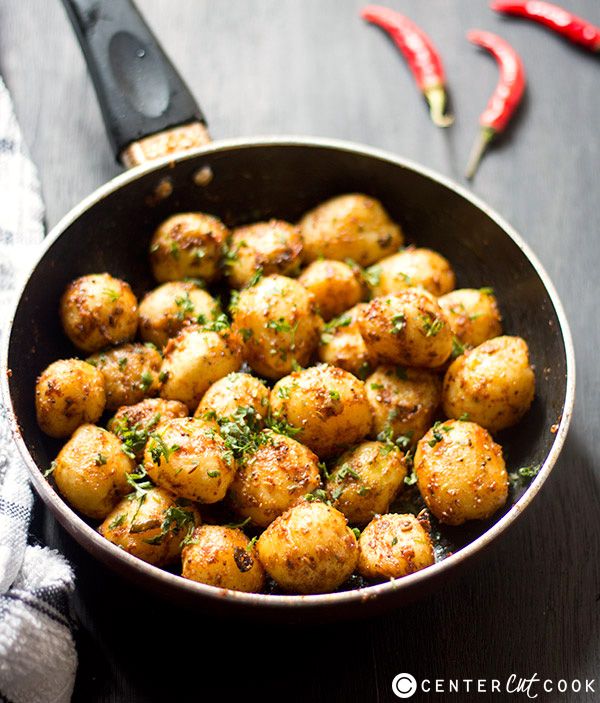 Slice it into desired size pieces.
Slice it into desired size pieces.Bring 1 inch of water to boil in a saucepan fitted with a steamer basket and cover with a lid.
Steam on medium-low heat for approximately 15-20 minutes (it depends on the size) or until they are soft when pierced with a fork. Then you can cut into smaller pieces specific for your baby’s age and serve.
Roast / Bake Potatoes
Chop the potatoes into desired size. I like to cut into wedges or strips (2-3″ long, 1″ thick). Or cut into cubes for babies that already developed the pincer grasp hold (around 9-10 months).
Drizzle with oil (healthier oil to use is olive oil, avocado oil or grape seed oil). Sprinkle some aromatic herbs (sage and rosemary works well) and season with garlic or onion powder (optional). You can add sea salt for babies 12 months+.
Spread the prepared potatoes on a parchment paper lined sheet (try not to use foil, aluminum when exposed to high heat can leach into food).
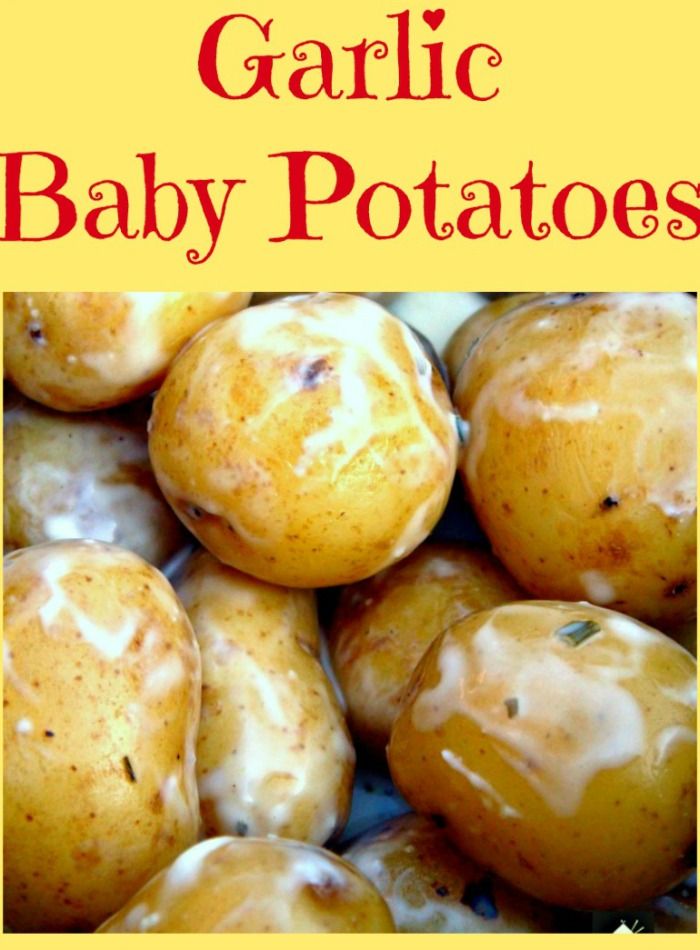
Roast until soft, approximately 30-40 minutes. Roast at higher temperature if you want a crust to form (400-415F) or lower temperature for a softer surface (375-385F).
Boil Potatoes
You have 2 options: peel and cut first, then cook OR cook first (cut in half) then cut into smaller pieces.
As boiling liquid you could use plain water or chicken stock for more flavor. You can keep the liquid as a soup base for later.
To a pot add the potatoes and the liquid (just enough to cover) and bring to a boil. Then reduce heat to low and simmer for 10 minutes or until soft when pierced with a fork. For more flavor you can add some butter. No salt needed for babies younger than 10-12 months. Although you can add a bay leaf, an onion wedge and a garlic clove in the cooking water when boiling.
Remove from heat allow to cool and serve to your baby, cut into sizes according to age.
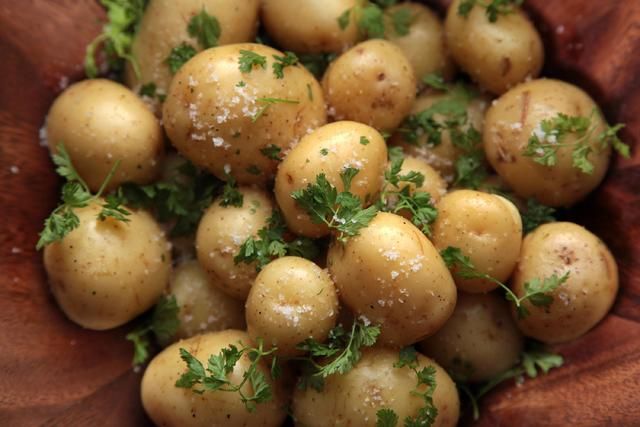
Mashed Potatoes
After steaming or boiling, take the soft flesh, mash and puree the cooked potato in a food processor or blender. Add about twice as much liquid back if you need a smooth "soupy" texture.
It’s best to pulse gently, as overmixing creates a gummy consistency.
Or use a fork to quickly mash it: it’s simpler and quicker (you will need less liquid here).
- Potatoes that are great for roasting: Yukon Gold, white and red varieties (waxy potatoes due to high moisture and low starch content, keep their shape well).
- Potatoes that are great for mashing: Russets (they fluff well due to high starch content) or Yukon Golds (yield a creamy consistency).
- For a fun crinkle-cut shape use a crinkle knife. It’s quick to cut and easy for babies to hold with their little hands because it doesn’t slide off.
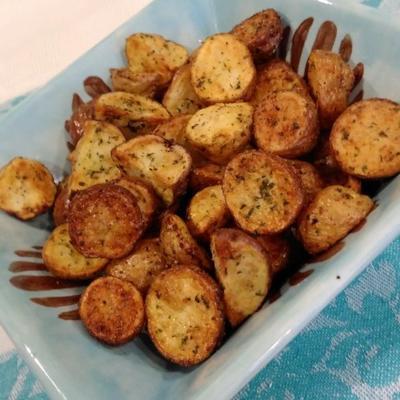
- You can also cut the potatoes into other shapes (cubes, strips, small sized half moon shapes or spiralized).
Serving: 1servingCalories: 100kcalCarbohydrates: 21.49gProtein: 2.49gFiber: 2.7gSugar: 0.96g
Have you tried any of these recipes? Your feedback is really helpful, please rate and leave a comment below recipe card!!
Disclaimer: The information, including but not limited to, text, graphics, images and other material contained on this website are for informational purposes only and not intended for medical advice. Please refer to my full disclaimer for more info.
©ThrivingNest. Content and photographs are copyright protected and need prior permission to use. Copying and/or pasting full recipes to other websites and any social media is strictly prohibited. Sharing and using the link of this recipe is both encouraged and appreciated!
Welfare potatoes - Encyclopedia Baby food
Viktoria Levchuk© In the modern culinary world, the potato occupies a leading position in terms of consumption, especially in Russia.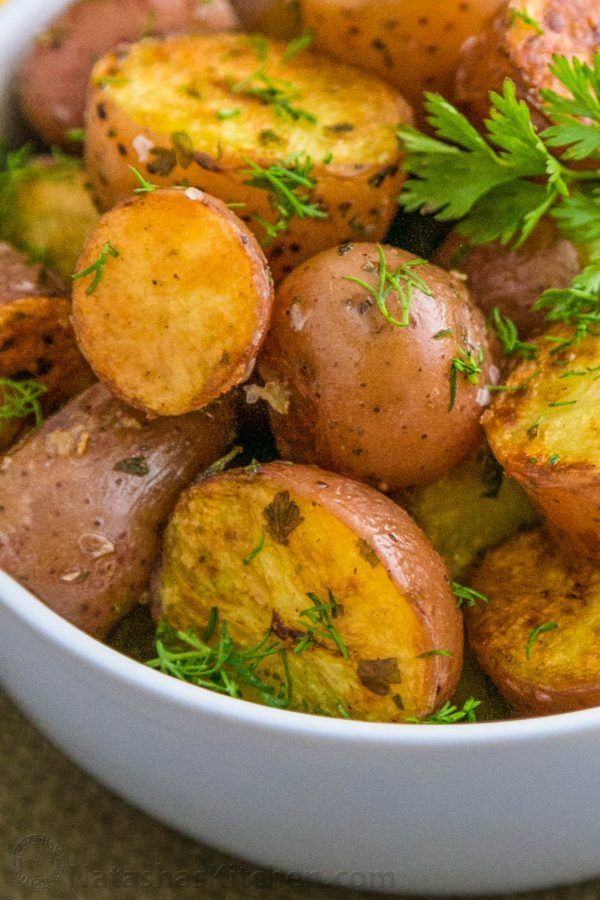 Therefore, most parents try to quickly introduce potatoes into the child's diet. But not everything is so simple and easy. When should you introduce your baby to potatoes? How much to give? How to give? And how to enter? We will try to answer all these questions in the article Potatoes in complementary foods.
Therefore, most parents try to quickly introduce potatoes into the child's diet. But not everything is so simple and easy. When should you introduce your baby to potatoes? How much to give? How to give? And how to enter? We will try to answer all these questions in the article Potatoes in complementary foods.
What are potatoes?
Table of Contents:
Potatoes are also called Tuberous Nightshade. It is a perennial herbaceous plant that reproduces only by tubers. This product is one of the most important components of the diet to this day. But, due to the content of solanine in it, they are considered poisonous. Therefore, it is strictly not recommended to use potatoes in a “green” form, because. It is deadly for both animals and humans.
In agriculture, potatoes are grown as an annual. The most popular types of potatoes for consumption are: Chilean, tuberous and Andean. Product seasons are summer and autumn. The same is true in Russia.
The history of potatoes
It is hard to imagine that a few thousand years ago no one even thought about the existence of potatoes. But for the first time it was mentioned about 9-7 thousand years ago on the land where Bolivia is now located. Its introduction into agriculture was started with the use of lush thickets. And the Indians not only used it, but also considered it to be an animated object and prayed to it.
The European world adopted the potato in the 16th century and considered it poisonous as well as decorative. But thanks to Antoine-Auguste Parmentier, an agronomist from France, it was discovered that potatoes have an excellent taste and a lot of nutrients. This discovery helped fight famine in France.
Potato appeared in Russia a little later, in the 17th century. Peter the Great brought a bag with tubers of this product to the capital of the Russian Empire from Holland for popularization in the provinces for its cultivation. However, the potato did not immediately gain its fame. At first, the product was considered an exotic vegetable, and it was served only in rich families. And then, after some time, gradually displacing turnips from the diet of peasants, potatoes were accepted throughout Russia.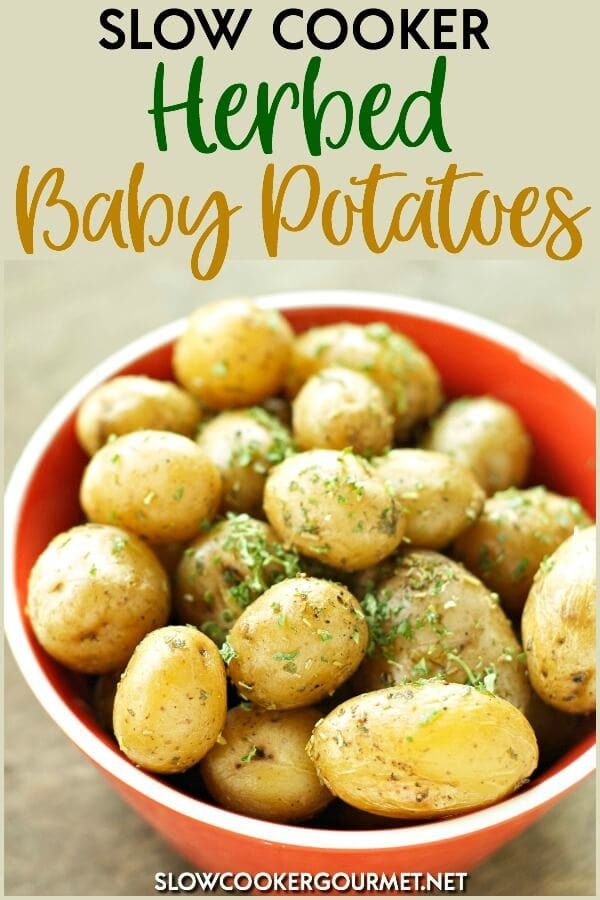
The benefits of potatoes in baby food
Potatoes are considered a good source of vitamin C, vitamin B6 (which supports the formation of new cells in a child's body) and potassium. It also contains fiber, iron, folate, riboflavin, thiamine, niacin, zinc and magnesium!
Potatoes are an excellent source of vitamin C, the average tomato is significantly less of this vitamin. Vitamin C is a water-soluble vitamin that acts as an antioxidant that stabilizes free radicals, thereby helping to prevent cell damage. It helps in the production of collagen; promotes the absorption of iron; and helps heal wounds and keep gums healthy. Vitamin C also helps support the body's immune system.
One medium potato with skin contains 2 grams of fiber or 8% of the daily value per serving. Fiber is a complex carbohydrate and is part of plant material that cannot be digested and absorbed into the bloodstream. Soluble fiber helps with weight loss because it makes you feel fuller for longer, and studies have shown that it also helps lower blood cholesterol levels.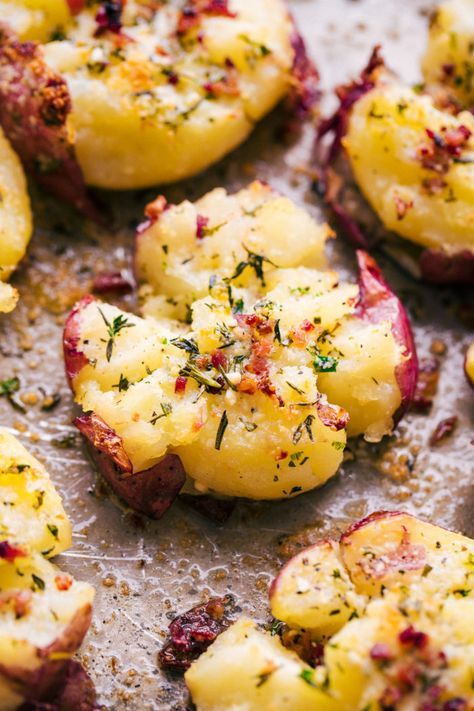
Potatoes are a good source of vitamin B6, providing 10% of the recommended daily value.
Vitamin B6 is a water-soluble vitamin that plays an important role in carbohydrate and protein metabolism. It helps the body make non-essential amino acids needed to make various body proteins; B6 is also required for the synthesis of hemoglobin, the main component of red blood cells.
One medium potato provides 6% of the recommended daily intake of iron.
One medium potato with skin provides 620 milligrams or 18% of the recommended daily value (DV) of potassium per serving and is considered one of the best potassium foods. Potatoes rank highest among potassium-rich foods and are among the 20 most commonly consumed raw vegetables and fruits. Potassium is a mineral that is part of every cell in the body. It helps maintain normal blood pressure. Potassium is also vital for the transmission of nerve impulses or signals, as well as for helping muscles.
As with many other vegetables and fruits, the nutritional value of potatoes is maximized when cooked with the skin on.
Of course potato skins are difficult for young children to digest, although young potatoes are thin and tender and easy to peel off. But it is rare for small children to prepare dishes made from potatoes with skins, such as village potatoes. Such dishes are offered to older children who will appreciate the taste of the product with spices.
Potatoes are packed with carbohydrates. Carbohydrates are generally considered a bad food, but the carbs in potatoes are complex carbs - the "goodies" of the carb world! They are the main source of fuel, helping to feed the brain and bring energy to the muscles of the child!
Carbohydrates in potatoes contain "resistant starch" that does not survive digestion on its way to the large intestine! There, it acts as a fiber as it can help lower cholesterol levels and help protect against colon cancer. Potatoes give a satisfying feeling of fullness, which is why they are a popular comfort food!
Unfortunately, the health benefits of potatoes are generally negated by unhealthy cooking methods such as roasting. Or by adding various fillings that improve the taste of potatoes, but reduce its benefits. And this is a shame, because potatoes, properly cooked, can be not only delicious, but also healthy for the little man.
Or by adding various fillings that improve the taste of potatoes, but reduce its benefits. And this is a shame, because potatoes, properly cooked, can be not only delicious, but also healthy for the little man.
Potatoes are introduced into complementary foods at the age of 7-8 months. Ideally, after 8 months, since not every child is able to digest potato starch well. It is because of him that they try to introduce potatoes into complementary foods not as the first product. In American pediatrics, a child's acquaintance with white potatoes occurs at about the age of 8-10 months, closer to 10 months. Not to be confused with sweet potatoes. It is in Russian cooking without potatoes anywhere, any soup or stew includes this product, but other countries sometimes prefer sweet potatoes. Potatoes in complementary foods are peeled in a thin layer, young potatoes are washed with a rough sponge, which can easily peel off the delicate skin without a knife.
Mashed potatoes for baby are prepared with a fork and a sieve/masher.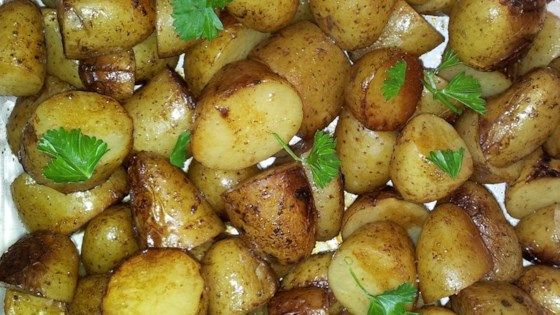 The blender makes the puree sticky, not every child will eat this. Therefore, we try to prepare mashed potatoes without lumps, if this does not work, we use a plastic sieve to give a more uniform consistency.
The blender makes the puree sticky, not every child will eat this. Therefore, we try to prepare mashed potatoes without lumps, if this does not work, we use a plastic sieve to give a more uniform consistency.
Always add butter to mashed potatoes. We make mashed potatoes liquid, so we do not pour out the potato broth, but use it. Without salt. We introduce the baby to potatoes for 4-7 days, follow the reaction of the body. Possible constipation.
We give mashed potatoes to the child 1-2 times a week, 100-150 grams at a time, but less is better than more. We look at the condition of the child. Although the potato occupies a leading position in Russian cuisine, I believe that potatoes should be an episodic product in baby food, which is given a little in combination with other vegetables. In large quantities, potatoes will not bring much benefit, but you should not refuse the product either.
By the way, you can store cooked potatoes for a child for about a day, up to a year, then as is customary in the family.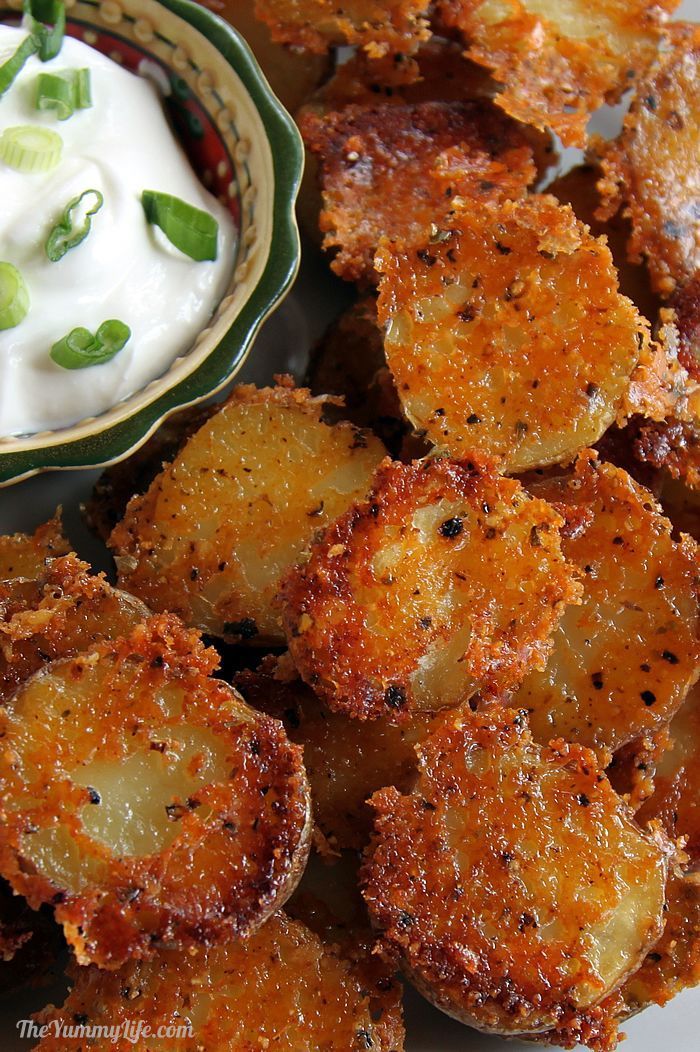
Complementary potatoes
Young potatoes for children
Young or early potatoes are offered to children from April to July, depending on the climate. It can be offered to a child after 1.5-2 years in a boiled form, after 3 years in a baked form, after 4-5 years in a fried form. It is important that the child knows how to chew food well, to bite it into two halves. Young potatoes can be very small, and this is a risk of suffocation.
new potatoesIdeal for boiling, stewing, steaming, and roasting. Ideal on its own or as part of salads or stews. You can read more in a separate article about Young potatoes here.
RECIPE - Young potatoes in their skins.
ARTICLE - New potatoes.
Young potatoes complementary foods Infographics
Until what age should potatoes be soaked?
The most important question that parents of almost all children ask is, until what age should potatoes be soaked?.
We'll try to answer. Up to about a year, it is advisable to soak the potatoes in cold water. At first, the potatoes are soaked for about 10-12 hours in order to completely get rid of starch, a change of water is desirable, at least a couple of times. Then the time is gradually reduced, by the year the potatoes are soaked for about 1-2 hours, no more. After a year, potatoes are prepared in the same way as is customary in the family. Why are we doing this? It's just that starch is poorly absorbed by the child's body, and it also increases insulin levels. And potatoes are a tuberous product that likes to collect nitrates, pesticides, etc., so it must be soaked for at least a couple of hours, for the safety of the whole family.
Allergy to potatoes
Allergy to potatoes in a child is very rare. But if it happened, then most often at the age of up to a year, during the introduction of complementary foods. People can be allergic to both raw and boiled potatoes. Potato allergy symptoms range from mild to severe.
They can affect the skin, respiratory system and digestive tract. A potato allergy can also cause a life-threatening reaction called anaphylaxis.
Potatoes contain a large number of chemical compounds, most often proteins (pentone and tuberin) and starch can cause allergies. Moreover, if there may be an allergic reaction to the first components, then there may be hypersensitivity to the last component, since the product is poorly digested by the body, which leads to unpleasant symptoms in the form of gas formation, constipation, etc.
Allergy to potatoes can manifest as redness, rash, difficulty breathing, swelling of mucous membranes, irritation in the mouth, impaired stool, loss of appetite, vomiting, stomach pain, etc. Worst option - angioedema and anaphylactic shock.
If an allergy to potatoes appears, we cancel the product and turn to a pediatrician who will prescribe enterosorbents and histamine preparations. If the child is choking, blushing, unable to take a breath, urgently call an ambulance.
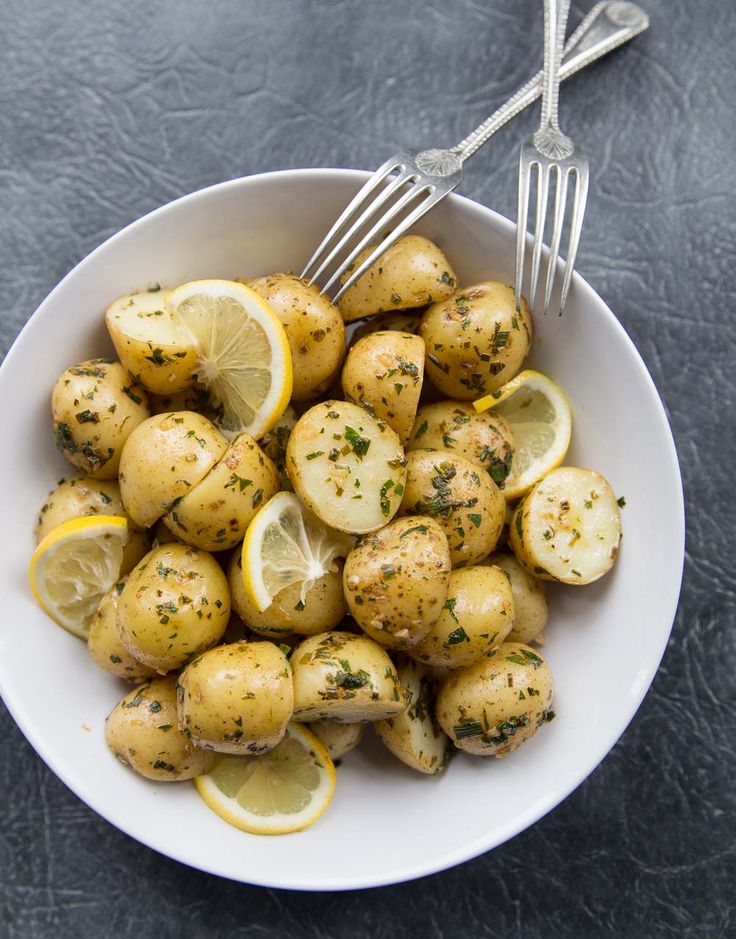
How to give potatoes
Complementary potatoes can be given up to 9-10 months only in the form of a homogeneous consistency, namely in the form of mashed potatoes, preferably without lumps. Then you can give boiled potatoes in small pieces, like finger food. But potatoes are chosen crumbly and well-cooked so that the child procrastinates a piece in his mouth, and swallowing it does not choke.
Potatoes can also be given in the form of boiled, baked, steamed potatoes. All other options up to 2-3 years are contraindicated for a little man. Up to a year, potatoes in complementary foods are given in the form of mashed potatoes and soups. After that, you can make potato pancakes or cutlets, dumplings, stews, borscht, sauces, casseroles, etc. from potatoes.
Roasting white potatoes is the best way to prepare them. Baking white potatoes, especially for baby food, brings out their natural flavor while retaining most of the nutrients.
How to choose and store potatoes
First of all, pay attention to the peel.
It is believed that the thicker the peel, the more mature the potato is. And if it is mature, the more likely it is that the potato will survive the winter. Never buy sprouted or green potatoes. in this state, toxic substances are activated in him. Small depressions, grooves, speak of the experienced presence of May beetle larvae, and barely noticeable holes can tell that a potato tuber has tried a wire beetle. Brown spots can indicate a scab disease. This disease is caused by fungal bacteria. A really high quality potato should be firm and firm, with a smooth skin and no external imperfections.
The most excellent types of potatoes for boiling and frying are those with pinkish skins. And for mashed potatoes, potatoes with white flesh and skins are most suitable.
Refrigeration is not recommended, but it is possible. Create special conditions for this. There are a few precautions in this process.
The starch found in potatoes can turn into sugar at low temperatures.For this reason, potatoes can have a sweetish taste. The higher the percentage of moisture in the refrigerator, the greater the risk that the potatoes will rot.
Do not store potatoes in plastic bags in the refrigerator. He needs to breathe.
If the potatoes are already cooked, it is best to eat them within 2 days. And if the potato is raw, then within a week everything will be fine with it. Remember that potatoes should be stored in the refrigerator for no more than 7 days.
The cellar is the best way to store potatoes. It should be dry, dark, and the temperature constant. The best average temperature is from 2 to 4 degrees, and the percentage of humidity should not exceed 70%. In order to reduce dampness in the cellar, its floor is covered with rubble or pebbles. If there is a window in the storage room, then you need to try to make sure that direct sunlight does not fall on the potatoes. Also try to ventilate the room, because. stagnant air can harm potatoes.
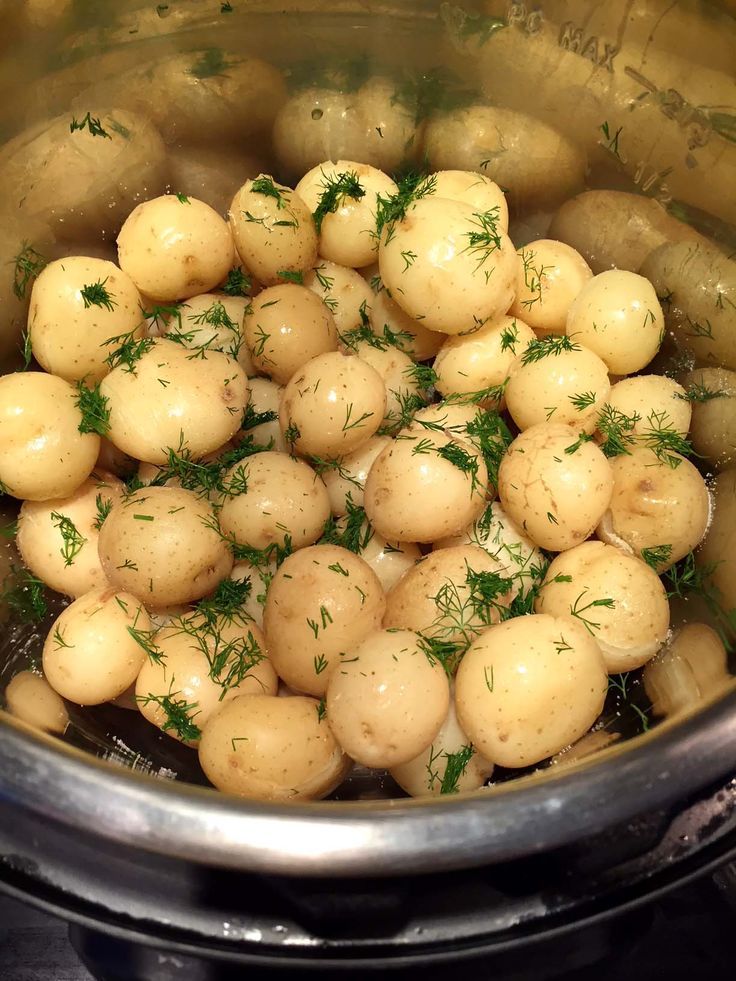
Shelf life of potatoes in the cellar: six months.
Pesticides and potatoes
If, when pressed with a fingernail, the peel easily breaks, and there is moisture at the site of the nail mark, then this means that the potato was grown with the help of nitrates. If a crunch is heard, then the potato is quite safe, and you can take it.
Potatoes receive the first dose of pesticides, herbicides and insecticides from producers during cultivation. These substances help to get rid of weeds, pests, irritants of various diseases and fungi. Nitrates are also used for larger plant volume and faster growth. And to improve the appearance, it is simply washed.
Contraindications
It is recommended to limit the diet of potatoes to those who suffer from problems with digestion or obesity, the work of the gastrointestinal tract. Without a doctor's referral, you should not be treated with potatoes, with diabetes. We can't rule out an allergic reaction. Here you will need the help of a doctor.
If necessary, an antihistamine should be taken to avoid complication of the patient's condition.
How to cook potatoes?
Potatoes are offered as a one-component puree for the first feeding, cooked from a fresh product. The product can be boiled in water or steamed, baked in the oven. At first, the potatoes must be peeled, but as soon as the baby gets acquainted with the product, it can be boiled or baked in the oven in a peel, the taste of the product is different, so it’s worth introducing the baby to all possible cooking options. After 3 years, you can give the baby to eat potatoes that were baked in a fire, just clean it well from the ashes.
Freezing potatoes
I do not recommend freezing potatoes, especially for a child. Many write on the Internet that raw potatoes, after freezing and thawing, acquire a sweet taste. Honestly, no, it doesn’t, especially if it’s in mayonnaise with garlic, it’s normally baked and it turns out delicious. I freeze potatoes in a complete adult dish and do it to save my time, like french fries.
But when I cook for a child, I soak the potatoes for several hours, why freeze it after that. This is not a product that should be stored in the freezer, then pulled out and cooked again. Peel one potato in just 1 minute, I do not feel sorry for the time for the child. But the French-style meat is cooked for about an hour, and then baked.
Also don't freeze mashed potatoes, they become too watery.
Finger food potatoes
Babies have a natural curiosity and need to be explored. Why not take advantage of this when serving baby food? Help your baby develop a strong grip by offering finger food and self-feeding food.
For example, white potatoes mixed with flattened peas are a good finger food option. This is done very easily. Pour the steamed peas, which were previously mashed, into the mashed potatoes. This consistency will help the child develop motor skills while the child is trying to fish out green peas from the white mass of potatoes. It's also worth trying mixing carrots, broccoli, green beans, and any other colorful food with mashed potatoes.
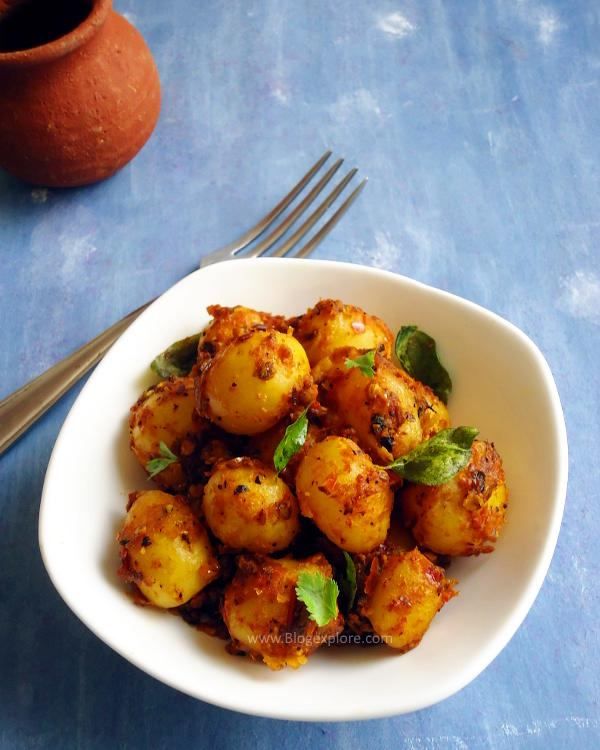
Potato pieces can be given when there is confidence that the child will not choke. It is worth choosing a crumbly potato variety that is well cooked. Give small pieces so that you can swallow them.
We eat deliciously. Annabelle Carmel.
Superfood for your child from 0 to 2 years old. Ruth Yaron Superfood for your child from 0 to 2 years old. Ruth Yaron Superfood for your child from 0 to 2 years old. Ruth YaronPotato ready-made baby food
Potato ready-made baby food offers potatoes in the form of mixes with other vegetables, meat or fish. Pure mashed potatoes can only be found at Hipp and Gerber.
Then the most common vegetable combination is zucchini and potatoes , this type of baby puree is offered to us by such manufacturers as Semper, Fleur Alpine, Hipp, Frutonyanya, Gerber. Moreover, companies such as Fleur Alpine, Hipp add rice flour and rapeseed oil to this baby puree, in addition to the declared vegetables. Also found are cauliflower and potatoes from Fleur Alpine and Gerber, corn and potatoes from Semper, and pumpkin and potatoes at Hipp.
An interesting combination is offered by baby food manufacturer Bibikol:
- zucchini, potatoes and goat curd;
- pumpkin, potatoes and goat cheese .
But carefully read the composition of baby puree, as this manufacturer added rice flour and an apple to these purees.
There are also many vegetable platters with potatoes from different baby food manufacturers, for example:
- Hipp vegetable platter, 125 grams,
- Heinz Vegetable Mix, 120 grams,
- Marmaluzi Sweet Vegetable Puree, 125 grams.
Potatoes are often combined with meat and fish. Basically, we are offered something similar to stew or soup and borscht, as well as fish cakes with mashed potatoes or fish soups, but all this is offered in the form of a homogeneous consistency. Basically almost all jars from 120 grams and more. The smallest dosage of 80-100 grams is found in Frutonyanya and 100 grams in Babushkino Lukoshko.
Let's look at some examples of baby meat and potato purees.
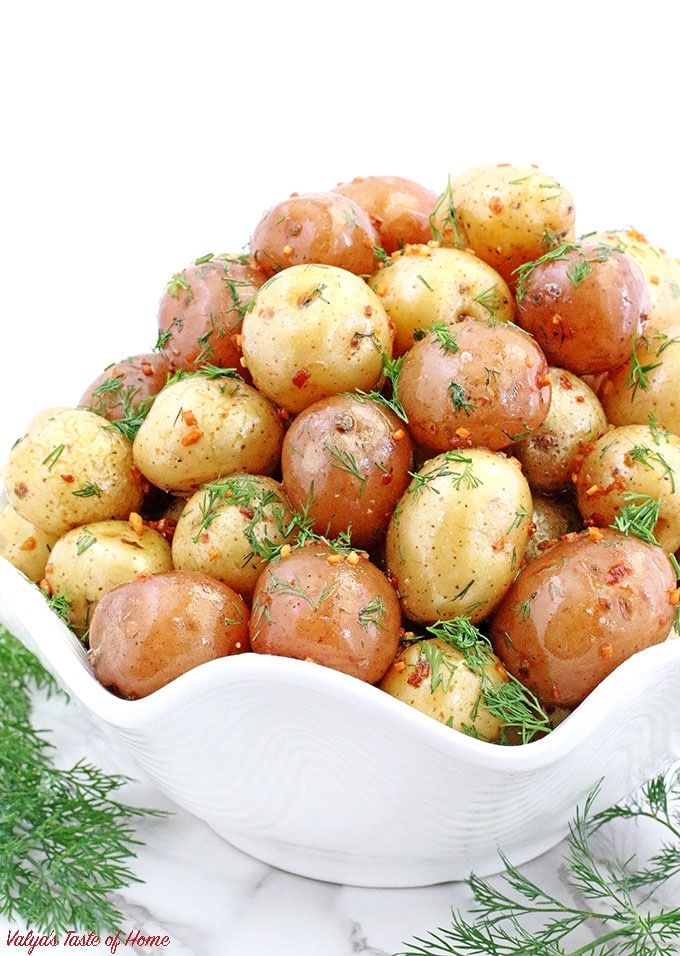
I remind you that we carefully read the composition of such multi-ingredient children's dishes, because manufacturers add herbs (basil, dill, parsley), oil (rapeseed, olive, corn, etc.), natural thickeners (rice or oat flour) to give taste ), spices (pepper and salt), products that have not yet been introduced into the baby's complementary foods (spinach, leek, etc.). Therefore, if the composition contains at least one unfamiliar product for the baby, then this baby puree must be introduced into the child's diet, as a new product, within 4-7 days.
Hipp
- Vegetable cream soup with chicken, 190 grams;
- New potatoes and green beans with rabbit;
- Vegetable mix with beef, 220 grams;
- Potato with rabbit and fennel;
Marmaluzi
- Vegetables with beets and tongue, 125 grams
- Vegetable stew with beef;
- Vegetable puree with chicken meat;
Gerber
- Home style turkey;
Heinz
- Country veal;
- Peasant beef, 120 grams;
- Vegetable stew with turkey;
- Sauteed pumpkin with chicken, 120 grams;
Babushkino Lukoshko
- Turkey/vegetables, 100 grams;
- Beef/vegetables;
Semper
- Vegetables with turkey meatballs, 190 grams
- Potato stew with beef;
- Potato and vegetable stew with chicken;
- Vegetables with rabbit in cream sauce;
- Vegetables with veal liver;
- Vegetables with beef meatballs;
- Mashed potatoes with vegetables and veal;
- Vegetables with lamb;
Frutonyanya
- Turkey/vegetables, 100 grams;
- Chicken/vegetables;
- Beef/vegetables;
And now some more baby purees with fish and potatoes :
Heinz
- Hake with potatoes;
- Trout vegetables;
Babushkino Lukoshko
- Keta/vegetables;
- Walleye/vegetables;
- Sockeye/vegetables;
- Pink salmon and potatoes;
- Salmon/vegetables
Semper
- Vegetable stew with cod fillet, 190 grams;
- Sauteed vegetables with sea bass;
- Potato with flounder;
- Mashed potatoes with salmon in cream sauce, 190 grams;
Marmaluzi
- Mashed potatoes with fish pieces, 190 grams.
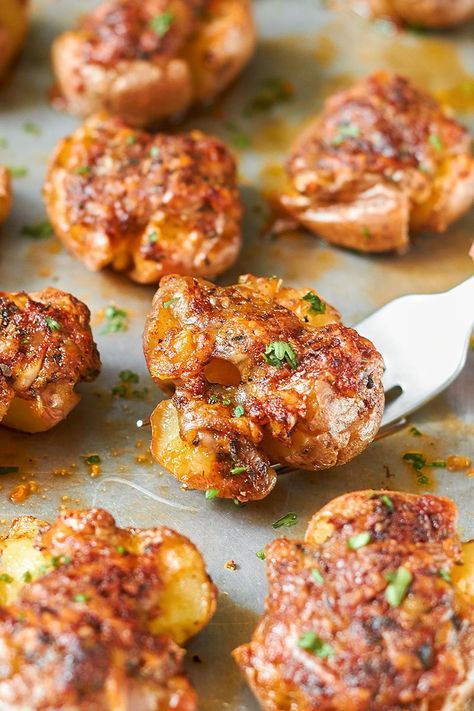
In principle, potatoes are found in almost all well-known manufacturers of baby food, the names listed above are not a complete list.
Foods that pair well with potatoes:
- Carrots,
- Green beans0001
The introduction of complementary foods is an important step for both the baby and the mother. From the first steps, many questions arise - starting with what to feed, and ending with how to understand that a child can eat a particular product. Potatoes are a familiar product on our table. In what form do we not eat it! And fried, and boiled, and, with and without additives. But the digestive system of a baby is arranged differently than that of an adult. Let's talk about how to feed a child with potatoes for the benefit of his health.
Benefits and harms
Potatoes are a useful product. It contains a large amount of vitamins and microelements:
- potassium strengthens muscle tissue;
- B vitamins improve metabolism and skin condition;
- vitamin C is an irreplaceable helper of immunity;
- iron - a guarantee of normal hemoglobin;
- vitamin A is responsible for growth and vision.

These are just a few of the health benefits found in potatoes.
But in addition to beneficial properties, it also has harmful properties:
- Starch affects the functioning of the intestines and can lead to colic and constipation in babies .
- Potatoes are far from a dietary product, they are rich in carbohydrates, which means that will not be useful for overweight children .
- There is a risk of poisoning with potatoes: if stored improperly, solanine accumulates in the root crop, which is dangerous for humans.
However, if you choose both the potato itself and the dishes prepared from it correctly, potatoes are a healthy vegetable that should be included in the children's diet.
At what age can you eat potatoes?
Potatoes are the fourth vegetable in line for introducing complementary foods. Before him are:
- low-allergenic squash;
- broccoli;
- cauliflower.
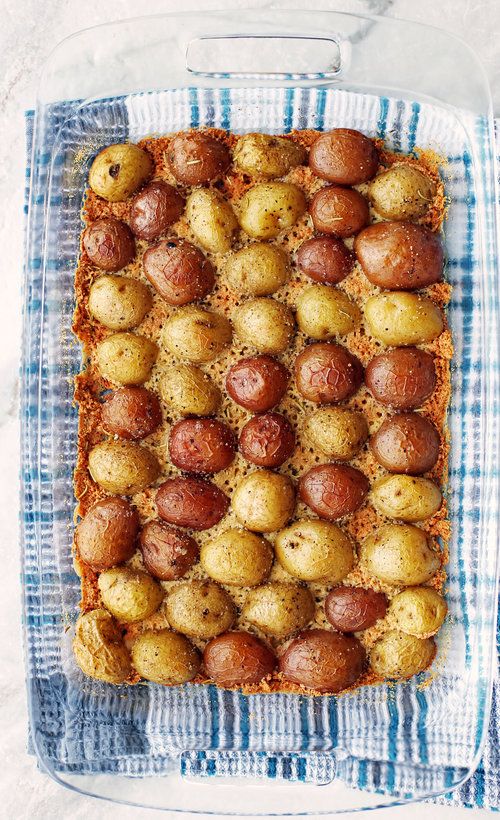
How many months can you give potatoes? If you start complementary foods with vegetables, then:
- bottle-fed baby , who was introduced to complementary foods from 4 months and who easily tolerated the introduction of each new product, will “get” to potatoes by about 5 months;
- Breastfed baby Starting complementary foods at 6 months and good digestion of previous vegetables by 7 months.
Related articles
and .
When to introduce infants and formula workers into the diet?
Potatoes are introduced into complementary foods from the age:
- 5 months for “artists”;
- 7 months for babies.
Start with 1 teaspoon of puree and gradually build up over 10-14 days.
- Start tasting the vegetable at about 10 grams.
- At six months complete with a volume of 150 grams.
- At 7 months - 170 grams.
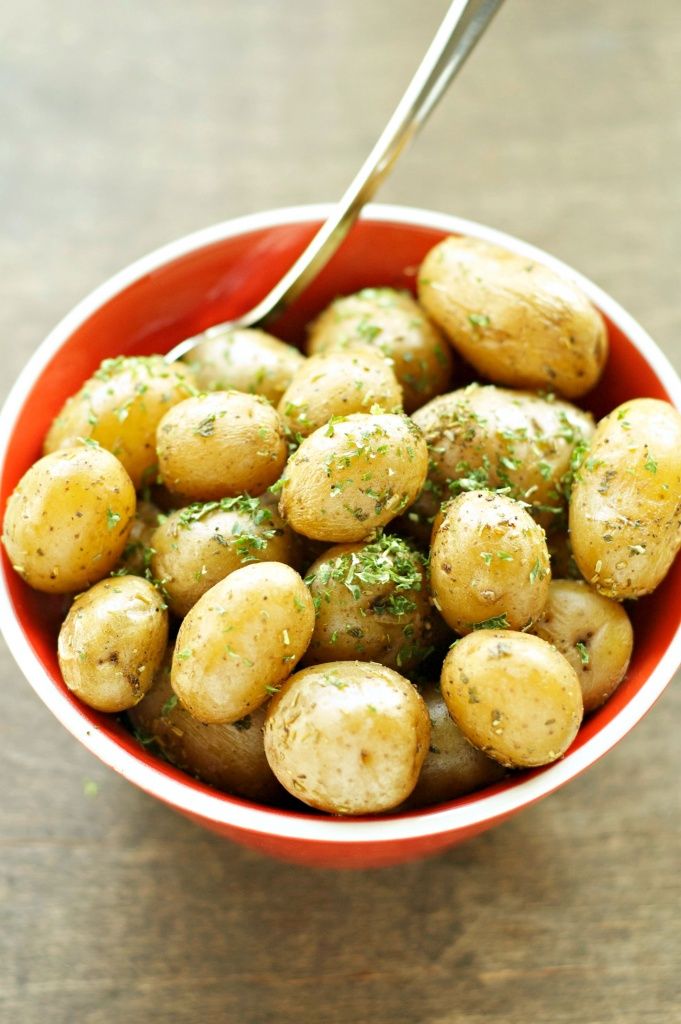
- At 8 months - 180 grams.
- At 9-12 months - 200 grams.
Any new product, including potatoes, is introduced in the morning , before the main breast or formula feeding. Puree at the first introduction should be "clean": only one vegetable without additives (no salt, no milk, no butter, no meat puree, no other vegetables).
Advice
When potatoes are included in the baby's diet already in full, it is not recommended to give them more than 3 times a week.
How do you know if the first sample is acceptable for a nursing baby?
- The baby is not full of breast milk or formula.
- Complementary foods started with vegetables.
- The child has already mastered zucchini, broccoli, cauliflower.
- The child carefully watches how adults eat, reaches for food, makes it clear that he does not mind trying something from "adult" food.
Choosing a vegetable
The main rule in choosing a potato for a child is that it should be as safe as possible.
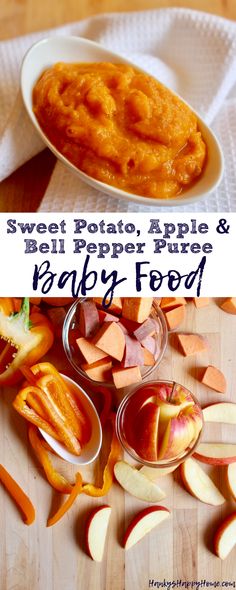
- The presence of green spots on potatoes, black dents, rot, holes on the tuber is a reason to "reject" the potato.
- Potatoes should be firm, not soft (this is a sign of an old root vegetable).
- If a lot of moisture is formed under the peel, when it is moved with a fingernail, this is also a reason not to use potatoes, because nitrates are likely to be present in such a vegetable.
The ideal option is new potatoes from your own garden. But, unfortunately, this is not always possible. Therefore, you should focus on the appearance of potatoes, choose potatoes:
- medium size;
- solid;
- even "potato" color without rot, green spots, holes.
Potatoes can afford flaky skins in autumn - this happens with young tubers, at other times of the year the skins should not peel off.
How to accustom to such food?
All children are different. Someone likes to try new dishes, for someone it's a whole problem.
Serve porridge for someone, but you can’t pull someone by the ears from broccoli. In order for a novice gourmet to taste a new taste, a patient mother takes more than one feeding. With a successful scenario, the child immediately accepts a new product, with an unsuccessful one, it will take a week or more.
To get a child interested in a new product, mothers can use various tricks:
- Decorate a dish in an unusual way. It doesn't work for all babies, but you can try.
- To complement mashed potatoes with your usual favorite dish. For example, if a child has already mastered the zucchini, accepted it well and crushes it on both cheeks, then for the first feeding it is worth trying to give half a teaspoon of mashed potatoes, then a teaspoon of mashed potatoes mixed with zucchini, then supplement with zucchini puree.
- If potatoes are introduced late, and the child is already eating fruit and meat purees, then you can add them to the potatoes (yes, it’s wildly for an adult to add applesauce to potatoes, but a child can appreciate it).

- Feed a friend: it can be either a favorite toy or a child - an older brother or sister, a slightly older friend or girlfriend who has already mastered this vegetable. As a rule, the child likes to repeat after others.
What to cook?
Related article
.
For feeding
For the first time
Who can:
- for formula-fed babies - from 5 months;
- for breastfed babies - from 7 months.
Mashed zucchini, broccoli, cauliflower must be successfully introduced before mashed potatoes.
Ingredients:
- Potato - 1 piece.
- Water - 0.5 liters for soaking and 0.5 liters for boiling.
How long to soak potatoes for babies and how to cook the dish:
- Wash, peel, cut into large pieces of potatoes, pour cool water for 1-2 hours (if the baby is allergic, then it can be for a longer time).
Soaking potatoes in water will help reduce the amount of starch in the dish.
- After draining the water, cover the potatoes with new water and cook for about 20 minutes without any additives (including without salt).
- Drain the water, chop the boiled potatoes with a masher or a blender (preferably a masher, as the dish is not so viscous).
- It is acceptable to add breast milk or formula in a small amount to the puree.
How to feed:
- Start complementary foods with 1 teaspoon, within 10-14 days bring up to 150 grams.
- In the first days of the introduction of potatoes, it is permissible to supplement the child with mashed vegetables that have already been mastered (for example, squash puree).
For "experienced" baby
Who can:
- for formula-fed babies - from 5 months;
- for breastfed babies - from 7 months.
All components of the dish are already familiar to the baby and do not cause allergic reactions.
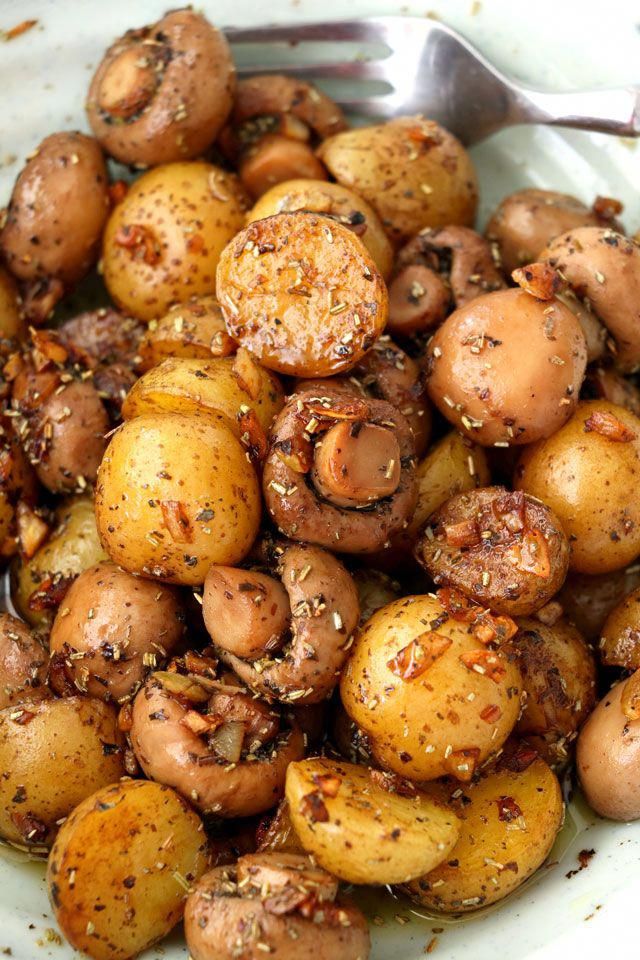
Ingredients:
- Potato - 1 piece.
- Milk (breast or cow) or formula - approx. 20 ml.
- Boiled egg yolk - 1/3 (optional)
- Butter (optional).
How to cook:
- Wash the potatoes, bake in the oven “in their skins” until tender (about 30 minutes).
- Clean, grind with a food processor or blender.
- By adding a little breast milk (formula) or boiled cow's milk if the child is already known to tolerate it.
It is acceptable to add 1/3 of boiled yolk or a small piece of butter to the puree, but only for babies who have already mastered these products.
This method of cooking potatoes allows you to save more nutrients, but it also contains more starch.
How to feed:
- If all the products of this multi-component puree are already familiar, then you can immediately introduce a little more than 1 teaspoon.
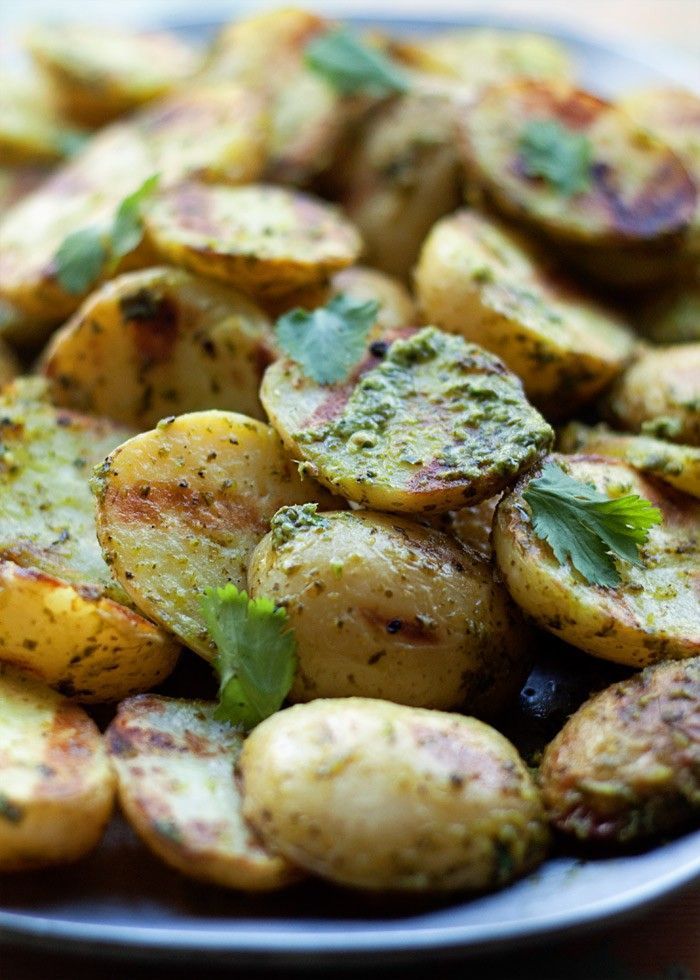
- If there is a new component, then complementary foods are started with 1 teaspoon, within 10-14 days they are brought up to 150 grams.
- In the first days of the introduction of potatoes, it is permissible to supplement the child with mashed vegetables that have already been mastered (for example, squash puree).
Soups
With cauliflower and broccoli
Who can: a child over 1 year old. An important condition is that all products of a multicomponent dish have already been introduced into food and are tolerated by the child.
Ingredients:
- Cauliflower - 250 grams.
- Broccoli - 250 grams.
- Carrots - 1 piece.
- Potatoes - 2 pieces.
- Boiled water - 250 ml.
- Greens to taste.
How to cook:
- Wash, peel and cut potatoes and carrots into large pieces.
- Steam all vegetables individually: steam broccoli and cauliflower for about 10-12 minutes, potatoes and carrots for about 20 minutes.
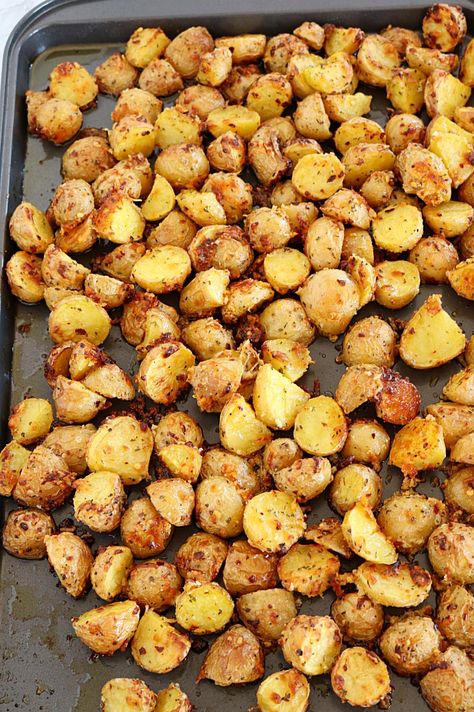
- After cooking, chop all the vegetables in a blender, pour boiled water, mix.
How to feed: a child after a year who has already mastered the listed vegetables is allowed to eat about 200 grams of a vegetable dish.
With bow
Who can: a child over 1 year old. An important condition is that all products of a multicomponent dish have already been introduced into food and are tolerated by the child.
Ingredients:
- Water - 200 ml.
- Salt to taste.
- Potato - 1 piece.
- Onions - 1/3 pieces.
- Carrots - 1 piece.
- Greens to taste.
How to cook:
- Wash and peel potatoes, carrots and onions.
- Cut potatoes into small cubes, carrots and onions into small pieces.
- Put all the vegetables, except greens, into boiling salted water.
- Cook for about 20 minutes until the vegetables are tender.

- After cooking, add finely chopped greens.
It is acceptable to replace water with low-fat broth.
How to feed:
- A child after a year who has already mastered the listed vegetables is allowed to eat about 200 grams of a vegetable dish.
- If the child is just learning to eat uncrushed food, be careful not to choke.
Draniki
Who can: usually the recipe for draniki is flat cakes made from fried grated potatoes. But fried food is harmful not only for children, but also for adults. The minimum age for fried food is 3 years. However, potato pancakes baked in the oven can be given to the child earlier: if all the components of the dish have already been mastered, and the child knows how to chew well, then by the age of one and a half you can safely try this delicacy.
Ingredients:
- Potatoes - 4 pieces.
- Egg - 1 piece.
- Flour - about 20 grams, depending on the amount of moisture in the potatoes.
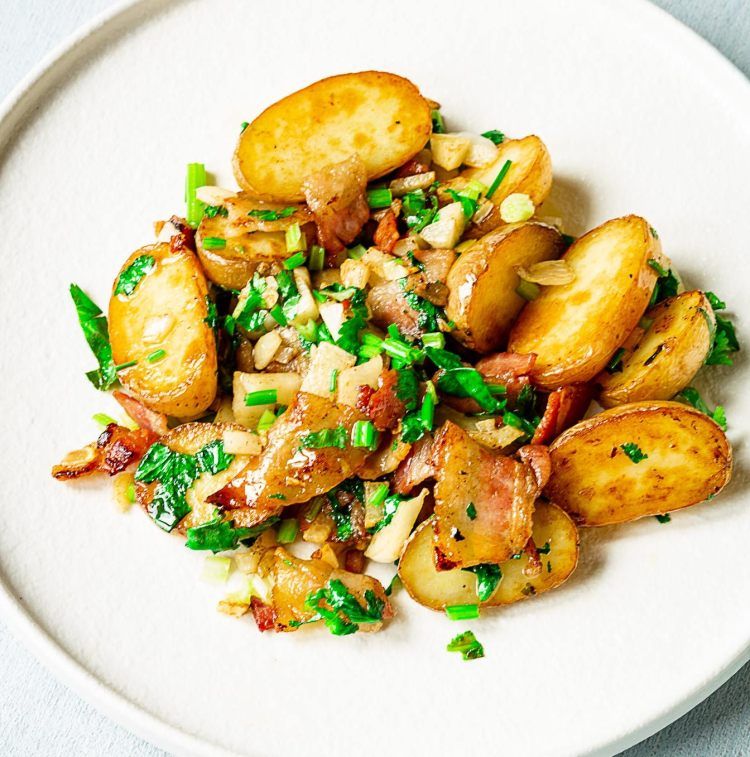
- Salt and spices to taste.
How to cook:
- Wash and peel potatoes.
- Coarsely grate, squeeze lightly, drain off excess water.
- Add egg, salt and spices to grated potatoes.
- Gradually add flour to the resulting mass. The mass with flour should remain viscous, but at the same time it should be convenient to sculpt potato pancakes from it.
- Take about 1 tablespoon of the mixture, mold it into a potato pancake, put it on a sheet.
- Bake in the oven at 200 degrees for about 20 minutes (baking time depends on the thickness of the resulting cakes).
How to feed: usually pancakes are served with sour cream, if the child tolerates fermented milk products, then it can be safely added to the dish.
Puree
Who can: puree is a frequent dish in kindergartens, schools, and at home. You can give it in the first years of life, after the introduction of the first complementary foods.
The main condition: the child tolerates both “milk” and eggs. It is better to try this multi-component dish closer to the year.
Ingredients:
- Large potatoes - 3 pieces.
- Oil - 1/2 tbsp.
- Cream - 1/4 cup.
- Egg - 1 piece.
How to cook:
- Wash, peel and cut the potatoes in half lengthwise.
- Boil in salted water for about 20-30 minutes until the tubers begin to fall apart slightly.
- Drain off the potato broth.
- Chop potatoes with a potato masher, gradually adding cream, butter and egg. It is important to introduce the egg into the hot potato so that it does not remain raw, but at the same time make sure that it does not boil in pieces.
- Mix all ingredients thoroughly until smooth.
How to feed: mashed potatoes are usually served with meat sauce or a cutlet. If the baby loves cutlets, but does not like mashed potatoes, then you can accustom him to it as follows: put a piece of cutlet on each spoonful of mashed potatoes.
Usually this helps not only to eat an unloved dish, but also to get used to its taste. After a couple of such secret meals, an unloved dish opens up from a new side.
Adverse body reactions
Allergy
, but such cases do happen. It manifests itself, like most allergies at this age: a red rash on the most popular places for rashes - cheeks, shins, abdomen.
Colic and constipation
The reason is starch. There is a lot of it in potatoes, it is absorbed by the body with difficulty. Even for adults, potatoes are a rather heavy food, even more so for an unprepared child's tummy:
- With colic , the child's stomach blows.
- For constipation - cannot poop for several days, turns red when pushing, cries.
Attention!
If the child is not worried that he cannot go to the toilet “for the most part”, then it is too early for the mother to panic.
Is it allowed to give a raw tuber up to a year?
The answer is clearly defined: no, raw potatoes are not allowed for a child under one year old.
